London Pass Part 2: Tower of London and St. Paul’s
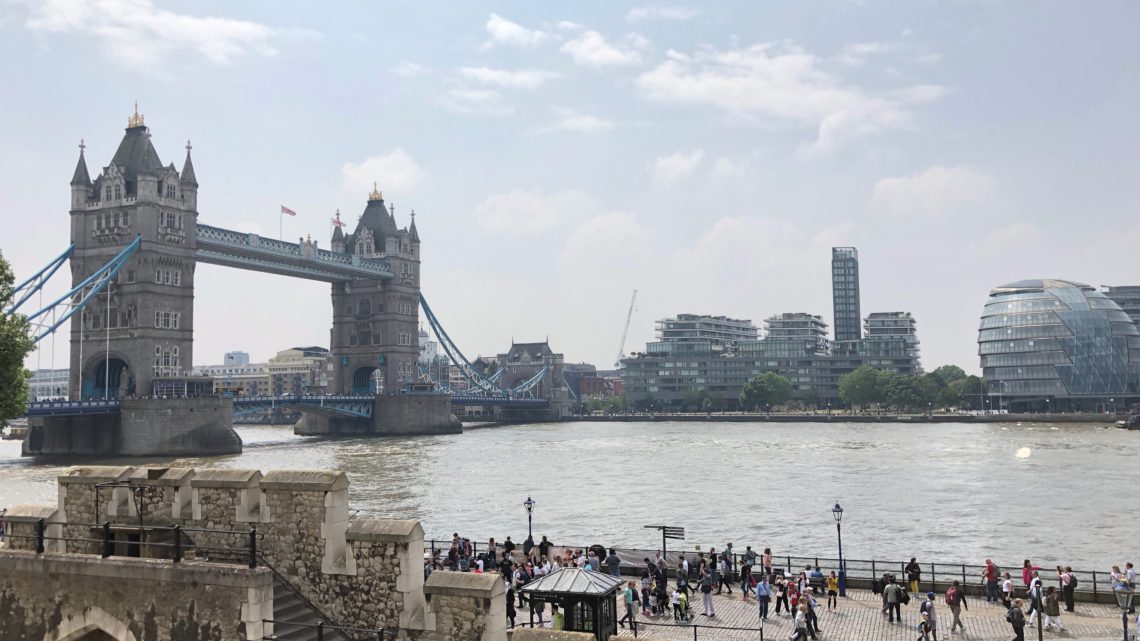
It was day two of my 2-day London Pass and I was ready to see more of the city’s best attractions. The previous day, I visited Westminster Abbey, the Churchill War Rooms, and The Shard, as well as some other sites along the way. Today, I had my eye on the Tower of London and St. Paul’s Cathedral! I also planned on visiting the Tate Modern art museum.
Tower of London
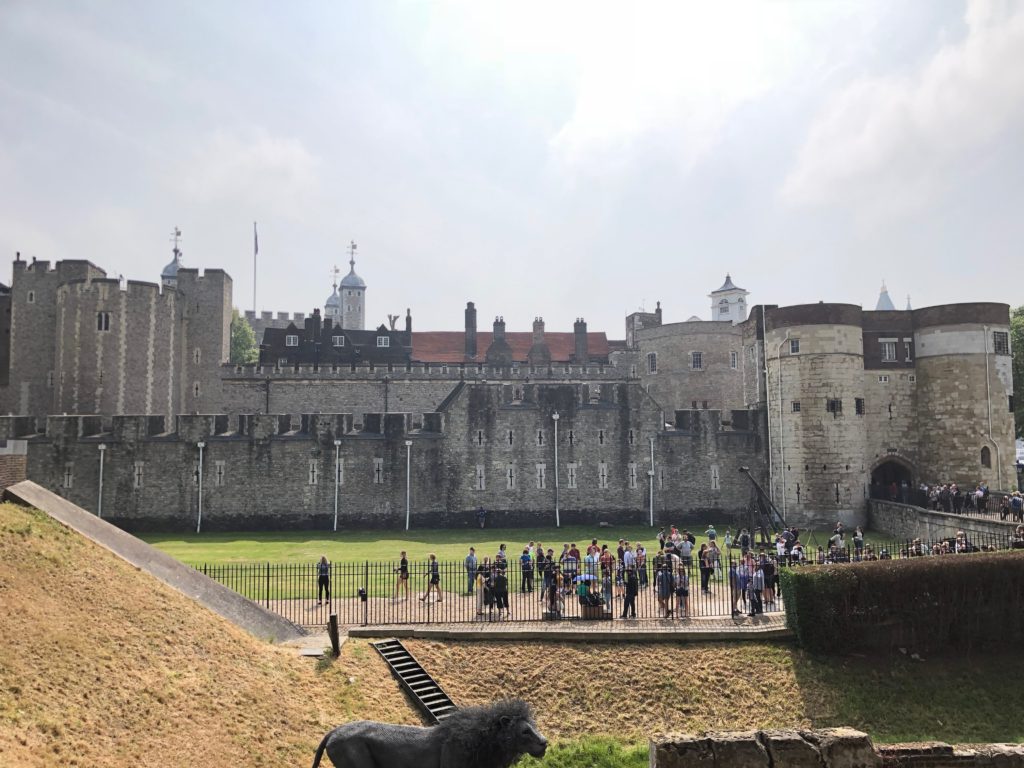
As I do every morning, I grabbed a cup of coffee before heading on the Tube for Tower Hill Station. The Tube dropped me off right in front of the castle, which is the size of multiple city blocks! I walked downhill towards an arch that currently serves as the entrance for tourists. I showed up early in the morning and was able to beat the crowds. The woman at the ticket booth also informed me that a castle tour was about to begin and that they were gathering in the moat.
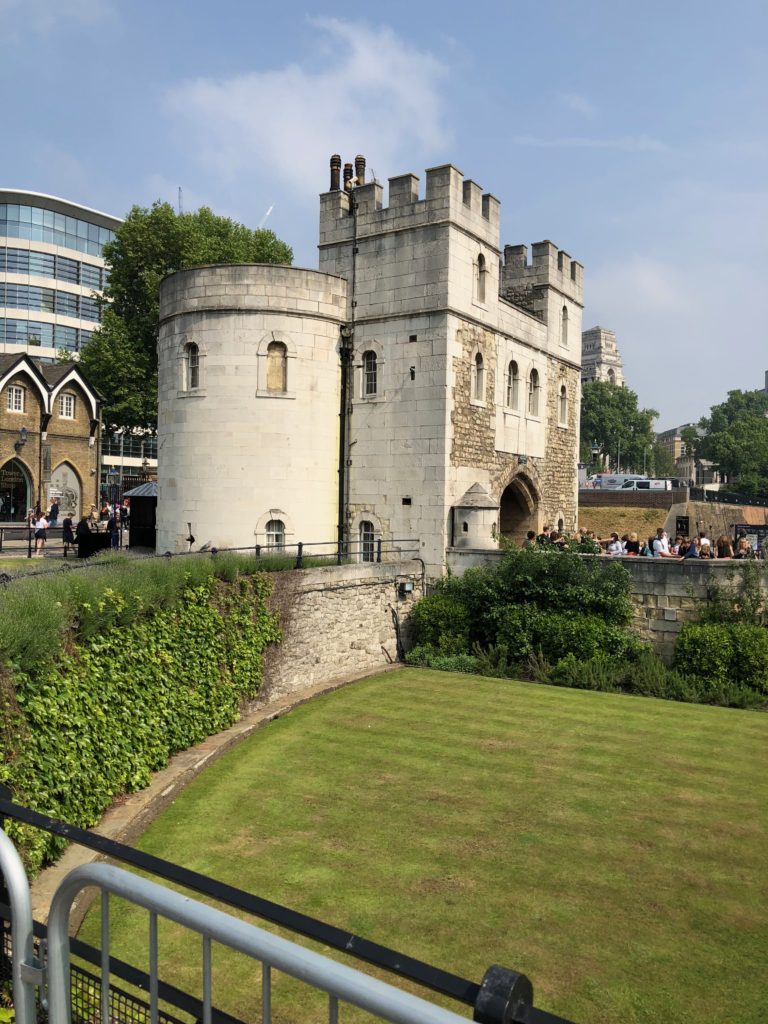
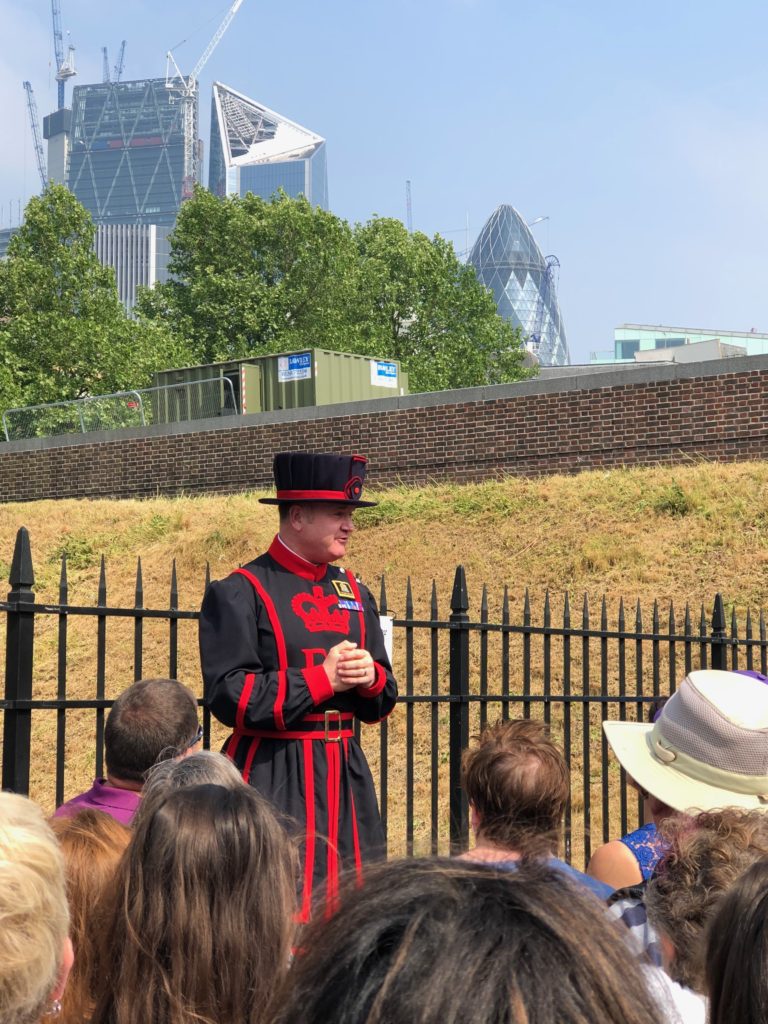
I arrived just in time. An English warder, dressed in traditional uniform, began our tour with a discussion of the castle’s history. The structure dates back to the 11th century during the Norman Conquest. Our guide cracked many jokes along the way and certainly got the crowd feeling as if they were living in the middle ages!
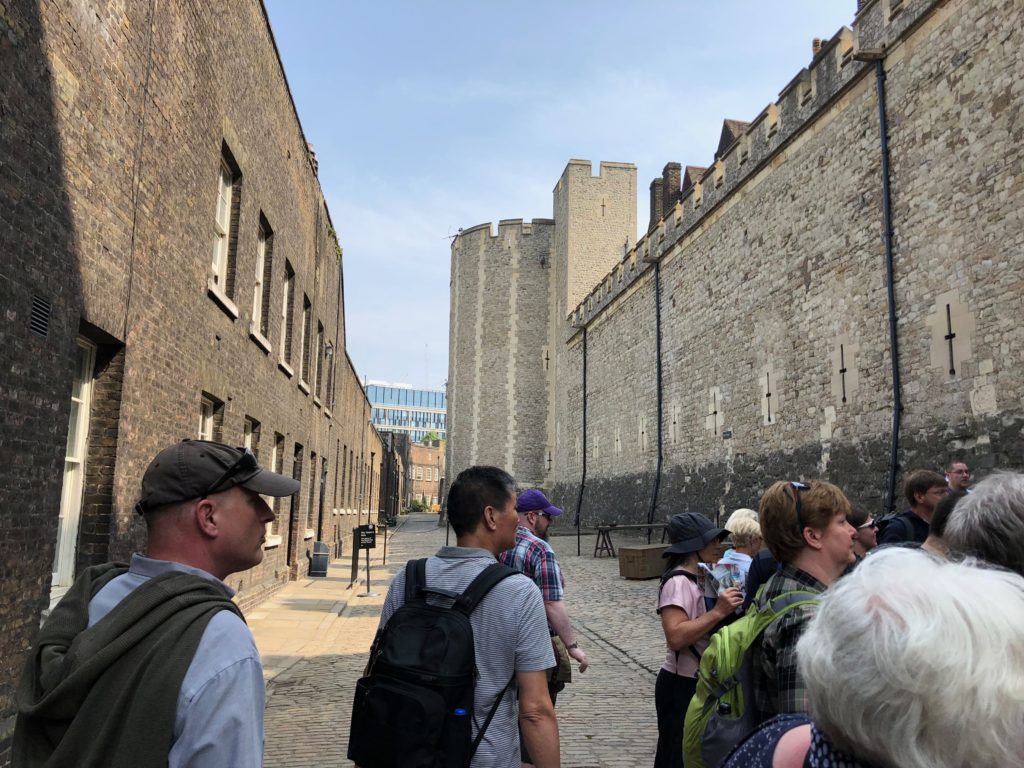
We entered the castle through the Byward Tower, and I immediately felt like I stepped back into medieval England! The streets were made entirely of cobblestone, which matched the tan-colored stone of the castle.
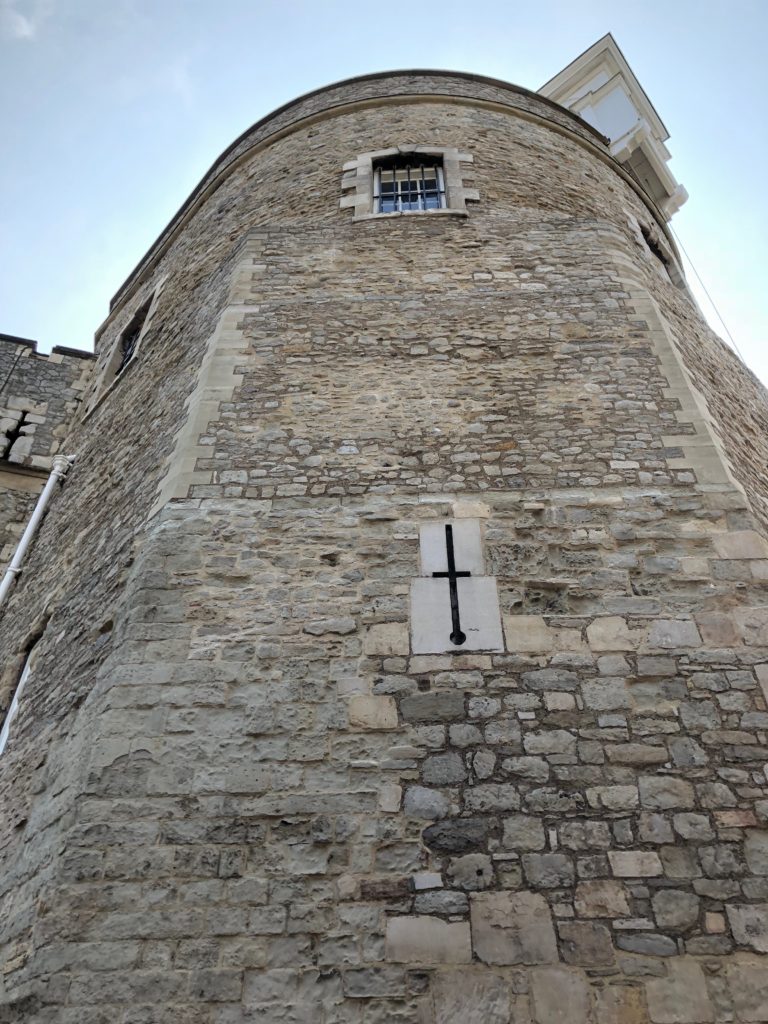
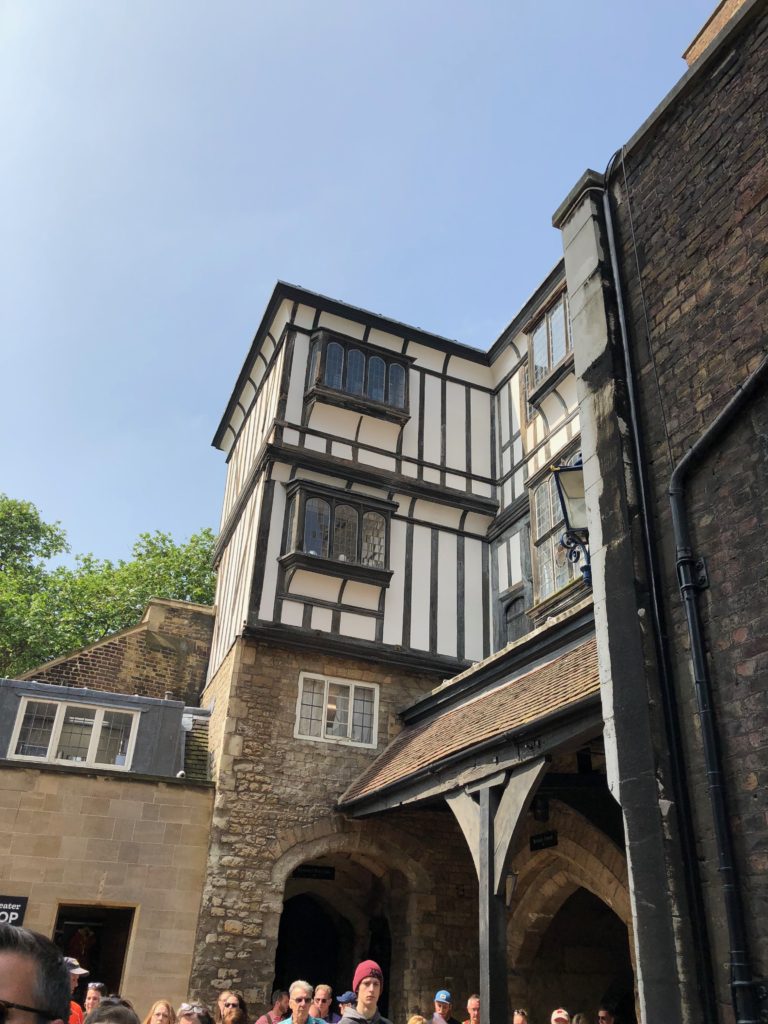
We passed
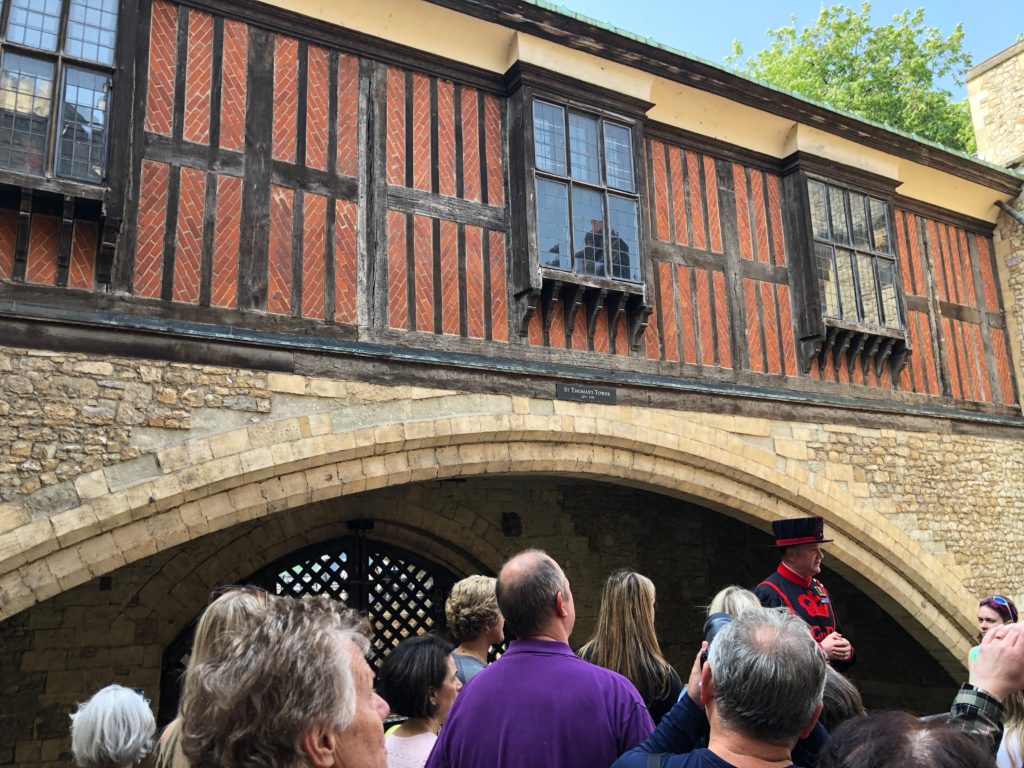
Further down the road is Traitor’s Gate, which provided the castle with a connection to the Thames. The St. Thomas Tower, one of the many royal bedrooms in the complex, stands above it with its unique wood-framed brick façade.
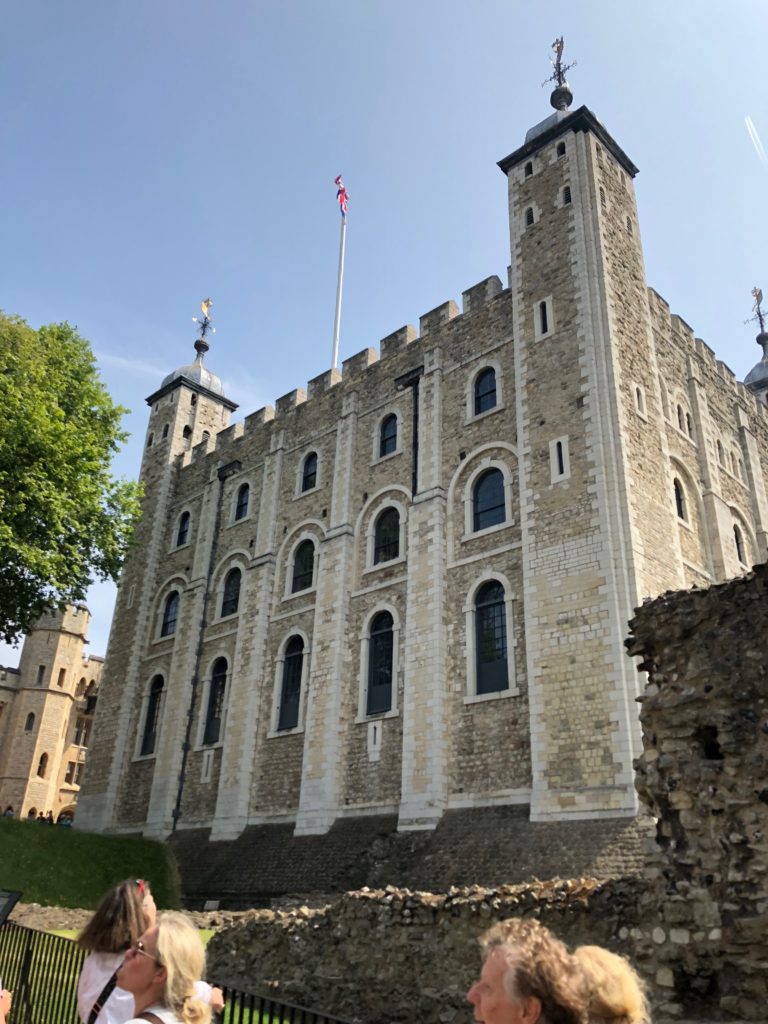
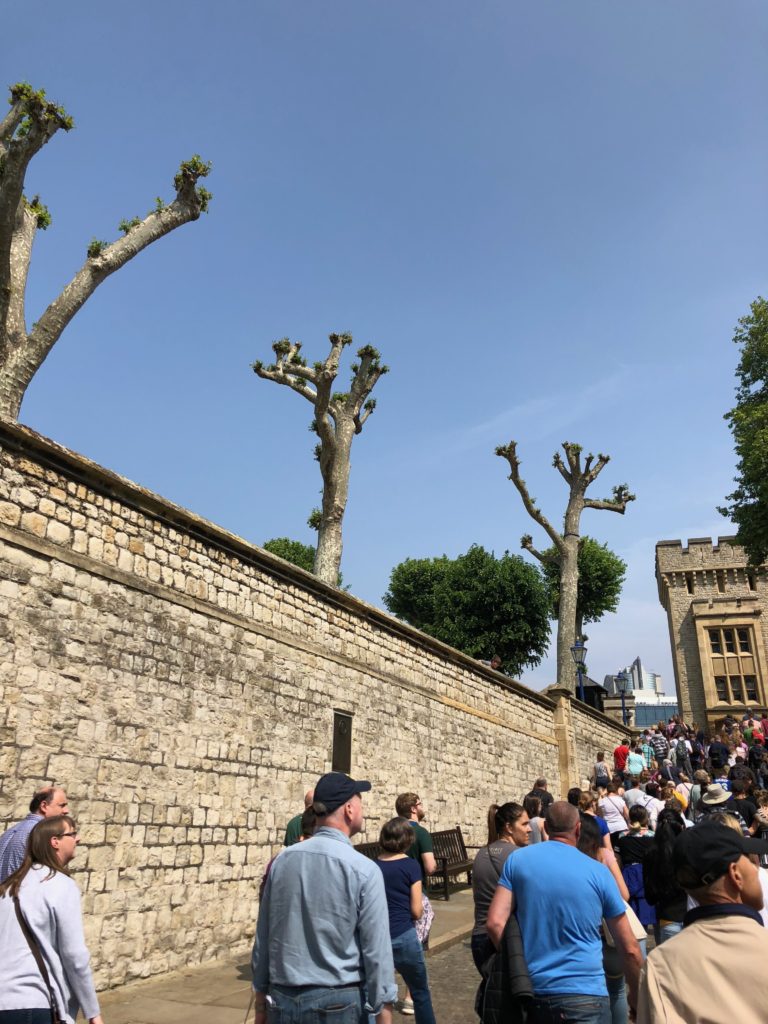
Our guide took us through another archway into the inner court of the castle. Here, the tallest building is White Tower, where the name “Tower of London” comes from. This Romanesque tower served as the main stronghold of the castle. Today, it houses many of the castle’s treasures that are on display to visitors.
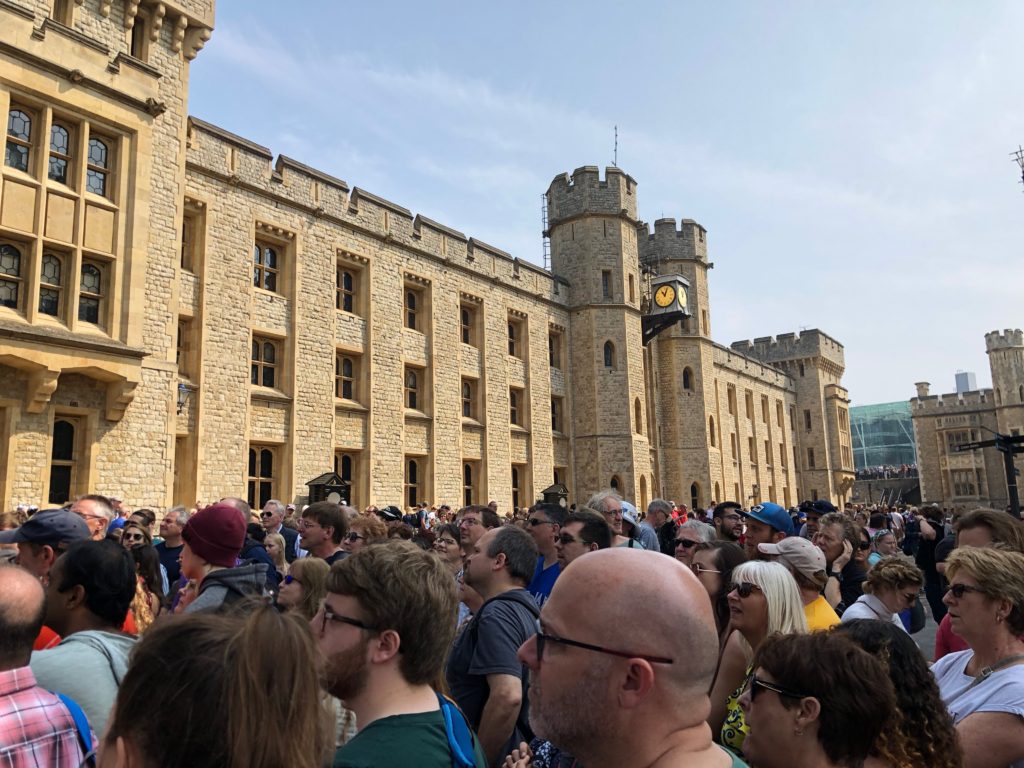
We circled around to the Waterloo Block: a Gothic revival building that was added to the castle grounds in 1845. It originally functioned as a barracks for 826 soldiers. Today, it is the site of Britain’s Crown Jewels and is one of the top attractions at the castle.
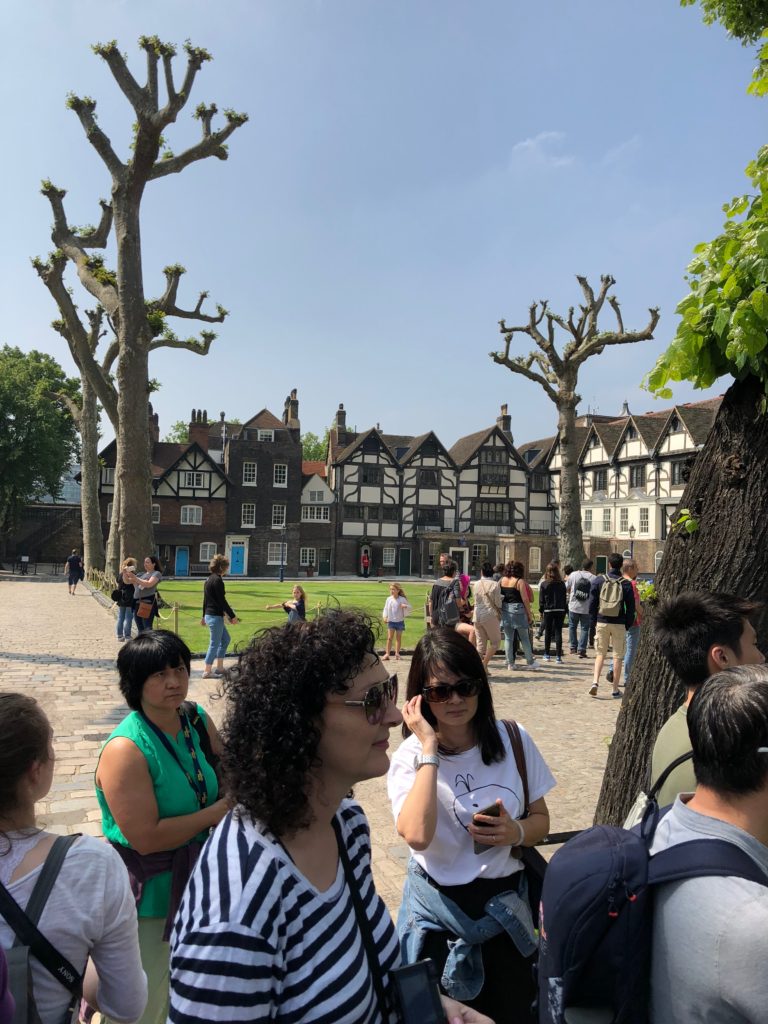
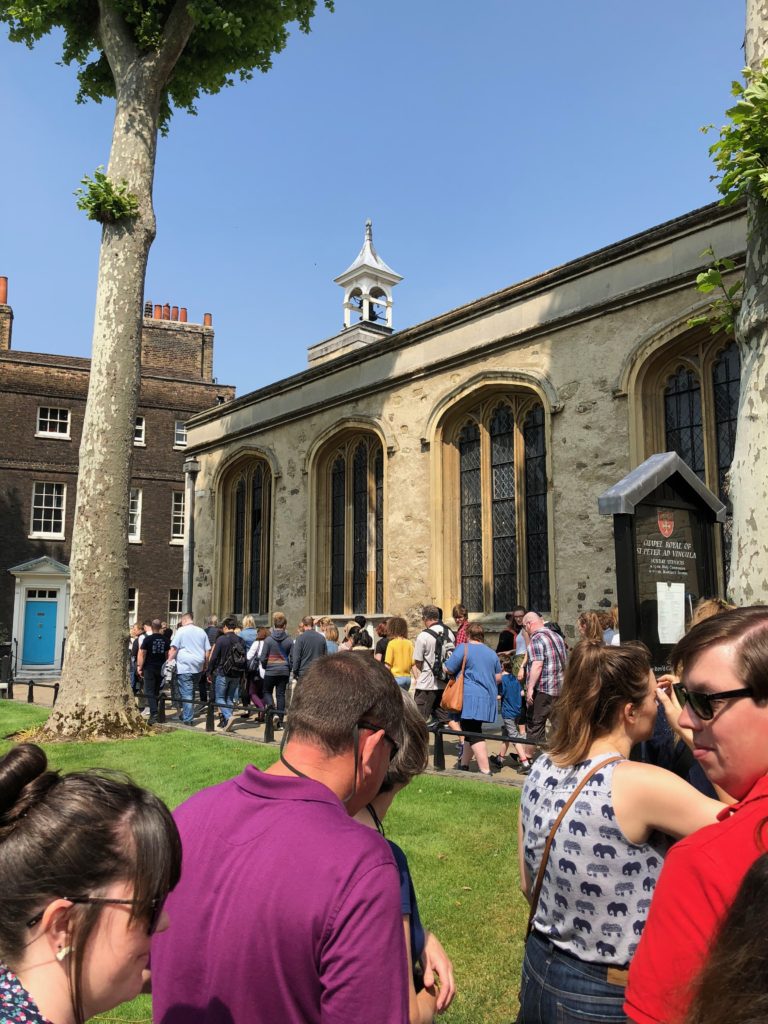
The Yeomen Warders of the castle, including our guide, actually live with their families on the castle grounds! They are in charge of performing ceremonial duties, as well as guiding visitors around the castle. We finished our tour at the castle’s chapel: a small Gothic building at the northeast corner of the inner court. Inside, our guide gave some final thoughts to the crowd before we thanked him and headed our separate ways.
After the tour, I explored more of the castle on my own. I immediately headed for the Crown Jewels to beat the crowds. There was no line at 11:30 a.m., so I quickly made my way into the vault. Once there, I hopped on a conveyer belt that took me past the gleaming crowns and other royal ceremonial objects on display to visitors.
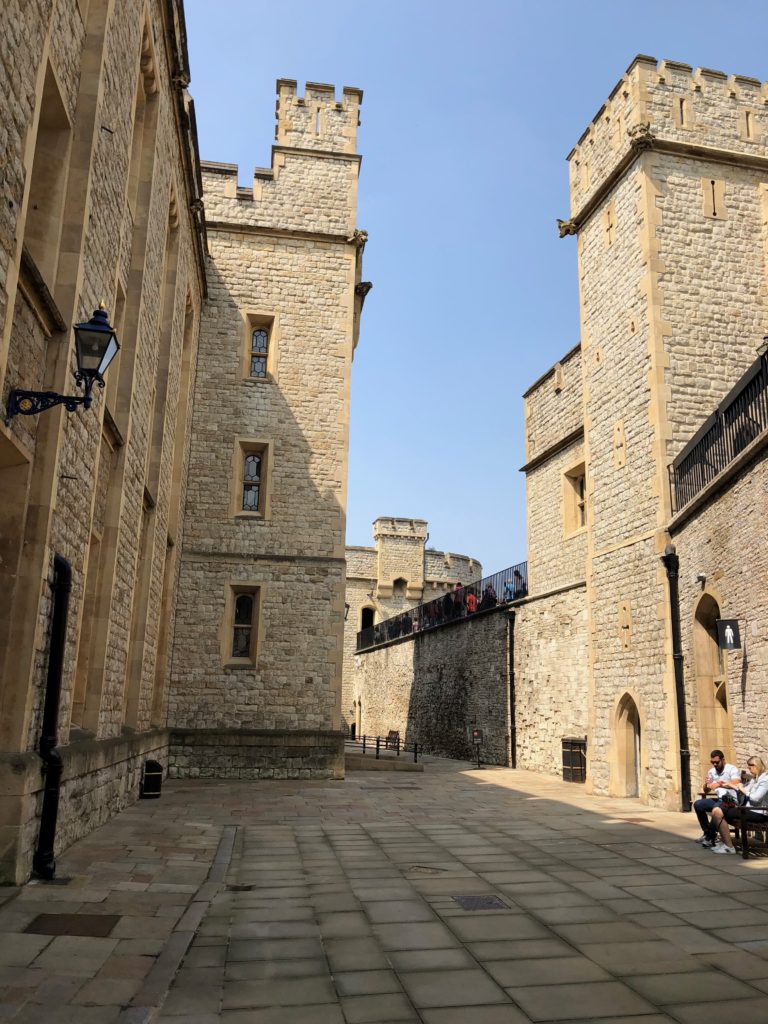
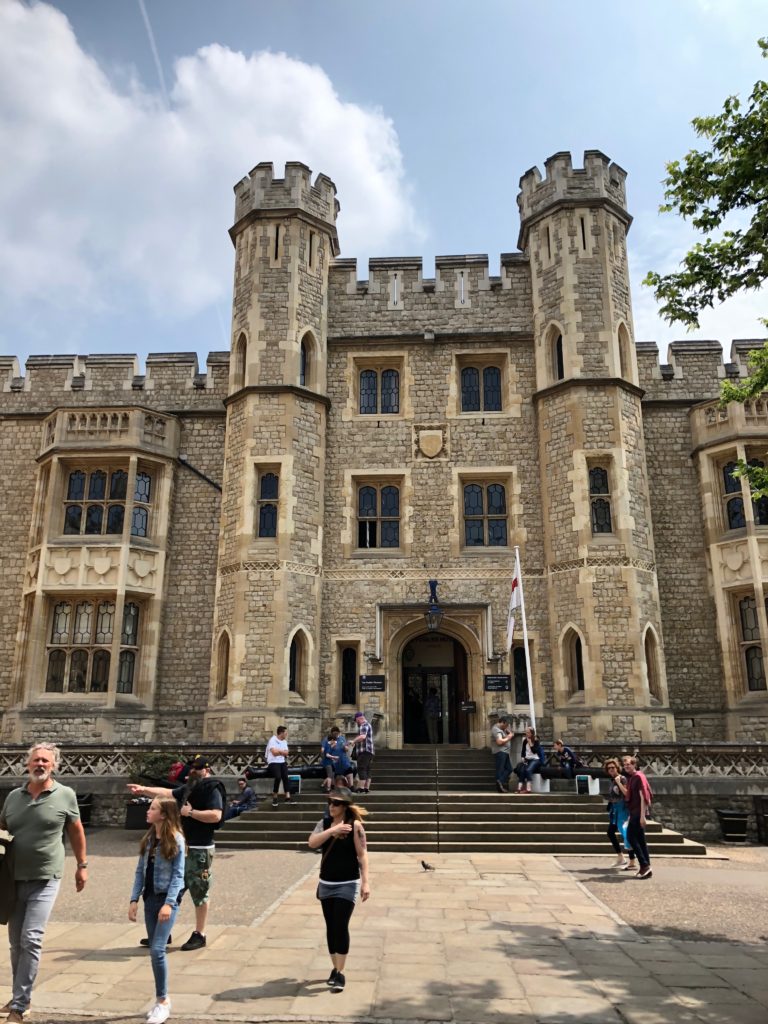
I exited the vault around the back and walked onto another street surrounded by Gothic revival architecture! The castle has been expanded several times, which is why some buildings appear shinier than others.
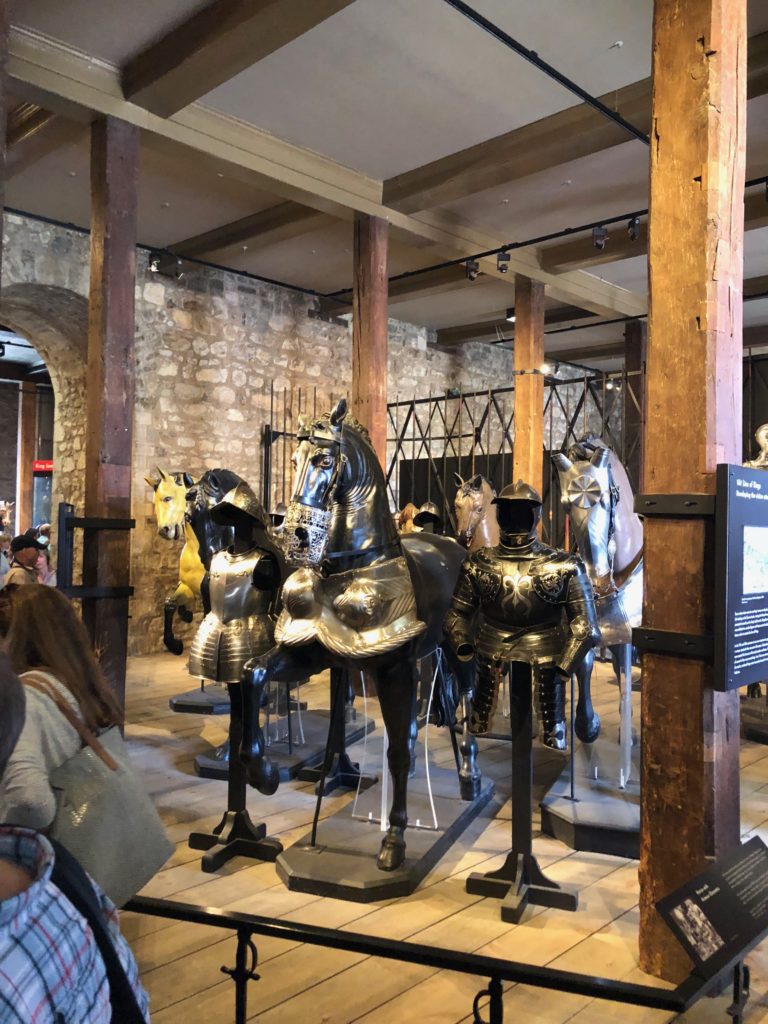
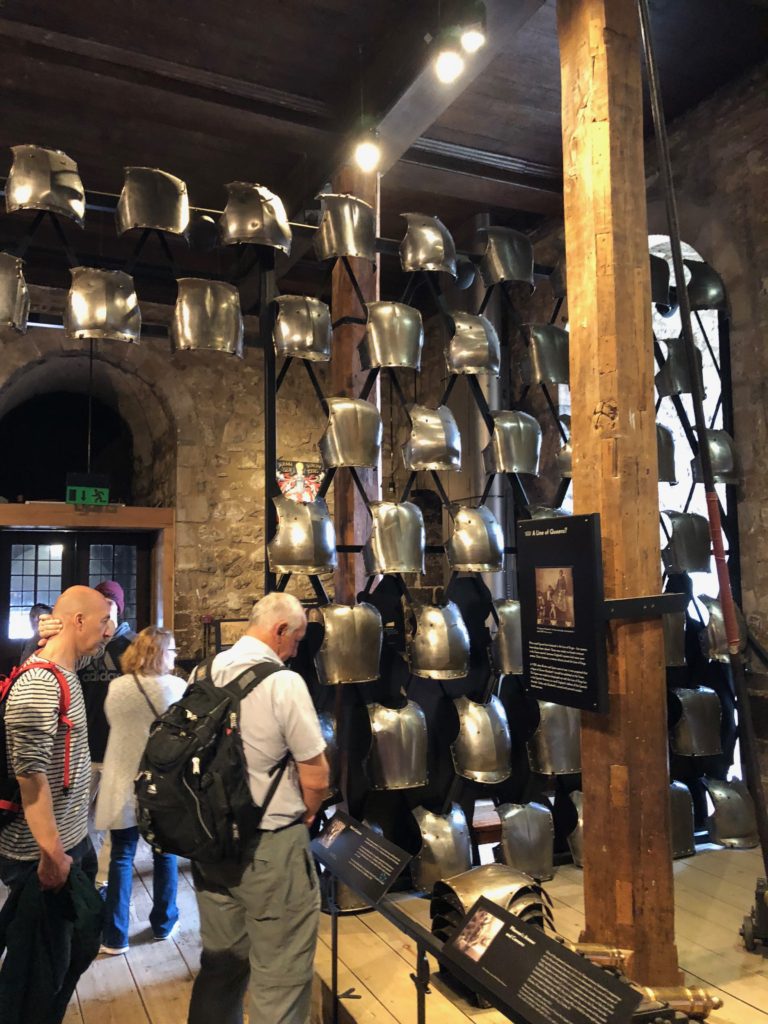
I popped inside the White Tower, which houses the Royal Armories collections. Inside, I saw armor worn by famous kings and queens throughout the centuries. I also got to see the interior of the main tower in person, which is dimly lit and built out of old stone blocks and large wooden columns.
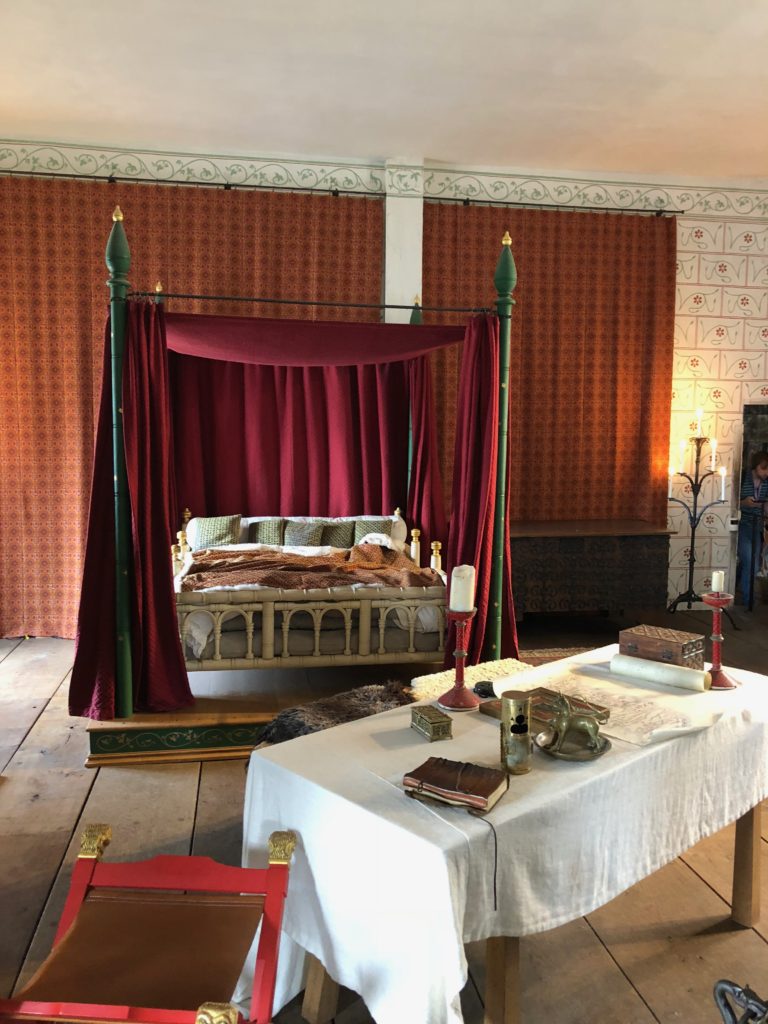
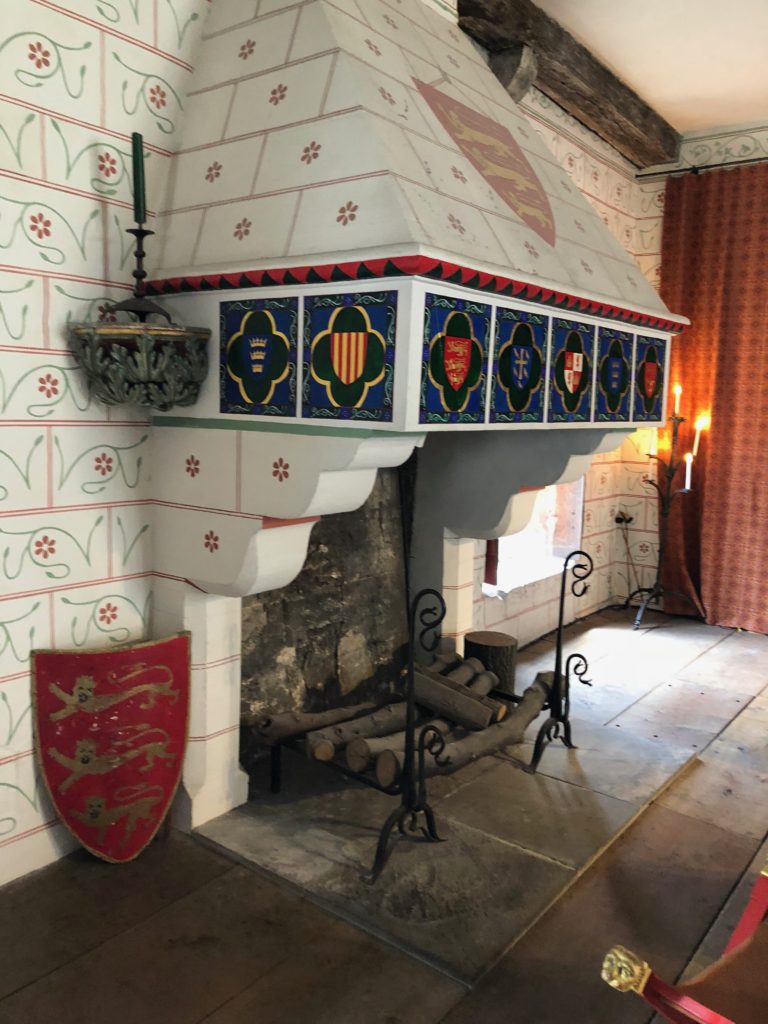
My final stop in the castle was back at the St. Thomas Tower. Inside, I found a bedroom fit for a king! It is one of the many royal residences within the castle that showcases the extravagant lifestyle that the elite had back in the 13th century.
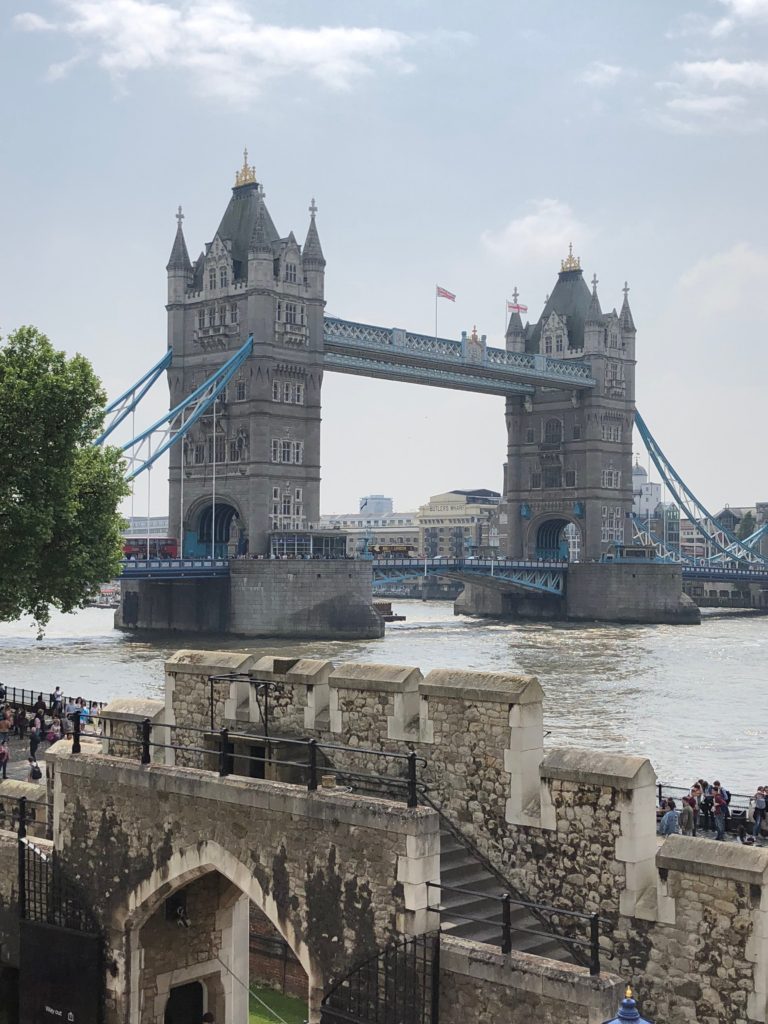
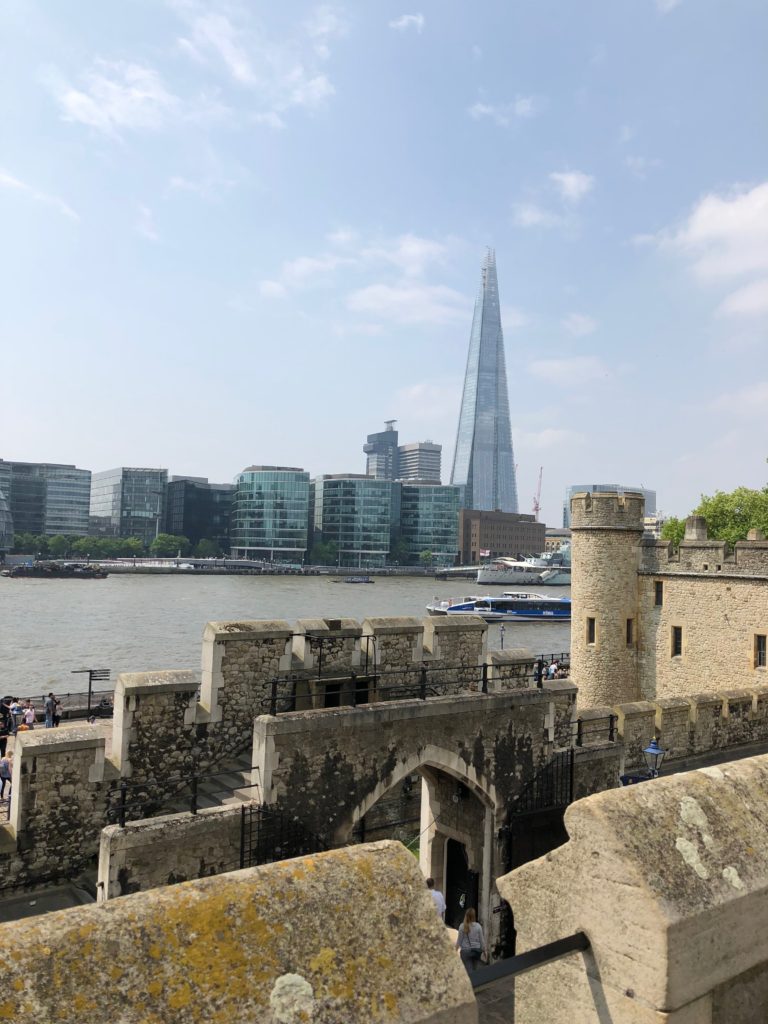
From the rear of the bedroom, I stepped out onto the walls that surround the entire castle. From here, I could see Tower Bridge: my favorite bridge in all of London! I also could see the entire South B
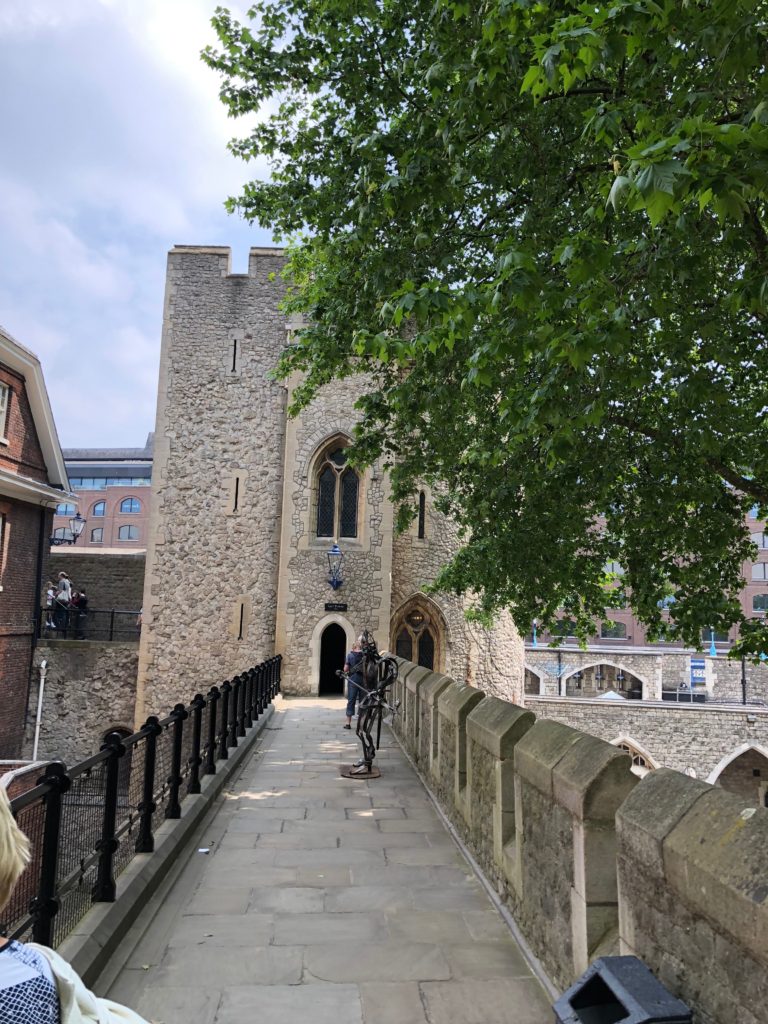
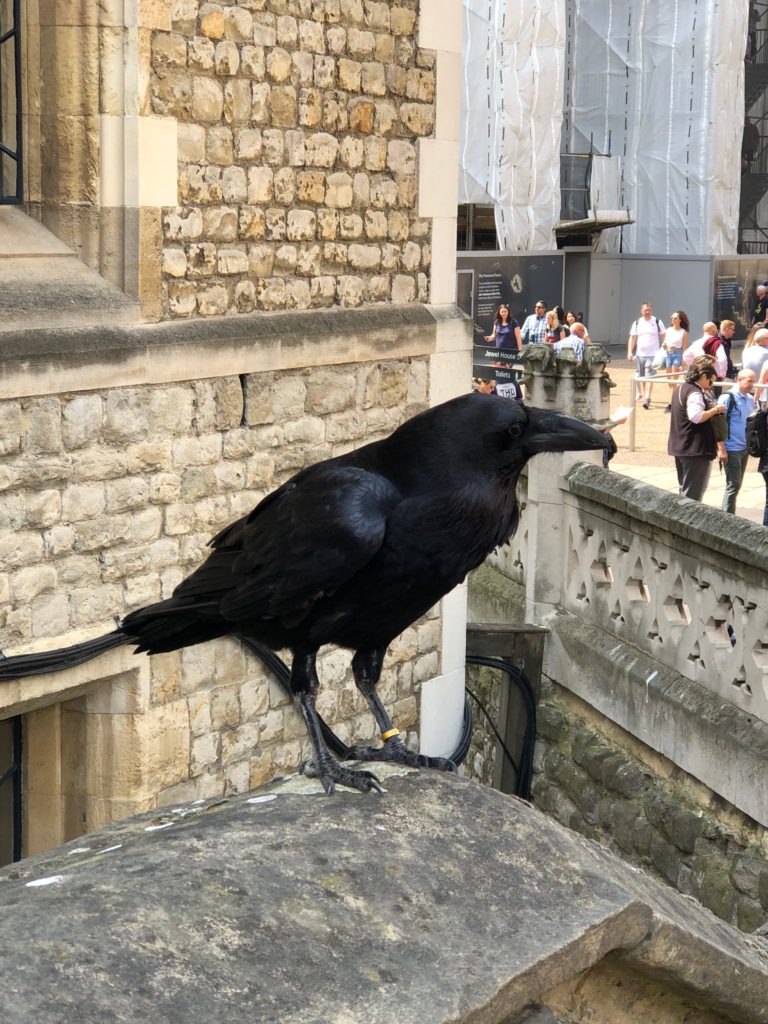
I ended up walking the whole perimeter of the wall before descending back down into the inner court. On my way down, I got a look at another one of the castle’s residents: a raven. There are currently seven of these black birds on the castle grounds, and one of the warder’s responsibility is to look after them!
The Tower of London is huge, and I only scratched the surface during my visit. It is a must-see when coming to London and it will give any visitor a taste of medieval England in London’s sprawling urban core. I hit a nearby farmers’ market for lunch, where I sampled a German sausage. London is a city of many cultures, and they were all on display at this market. This melting pot of cultures, as well as the city’s blend of old and new architecture, is why I often think of London as “The New York of Europe.”
Tower Bridge
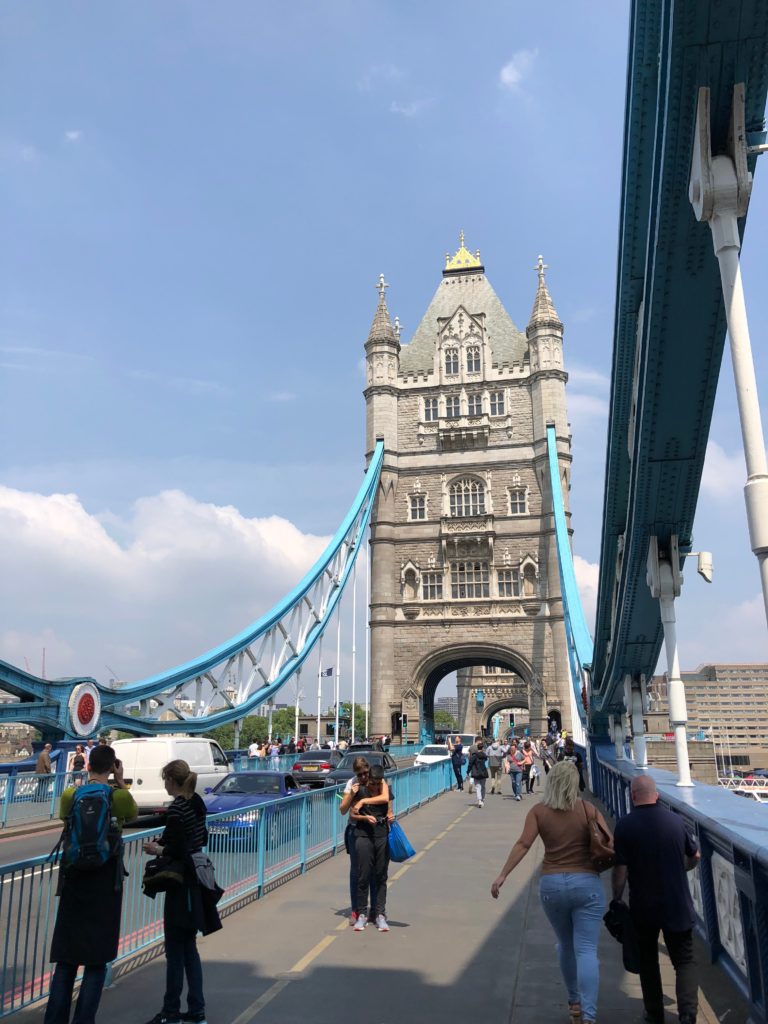
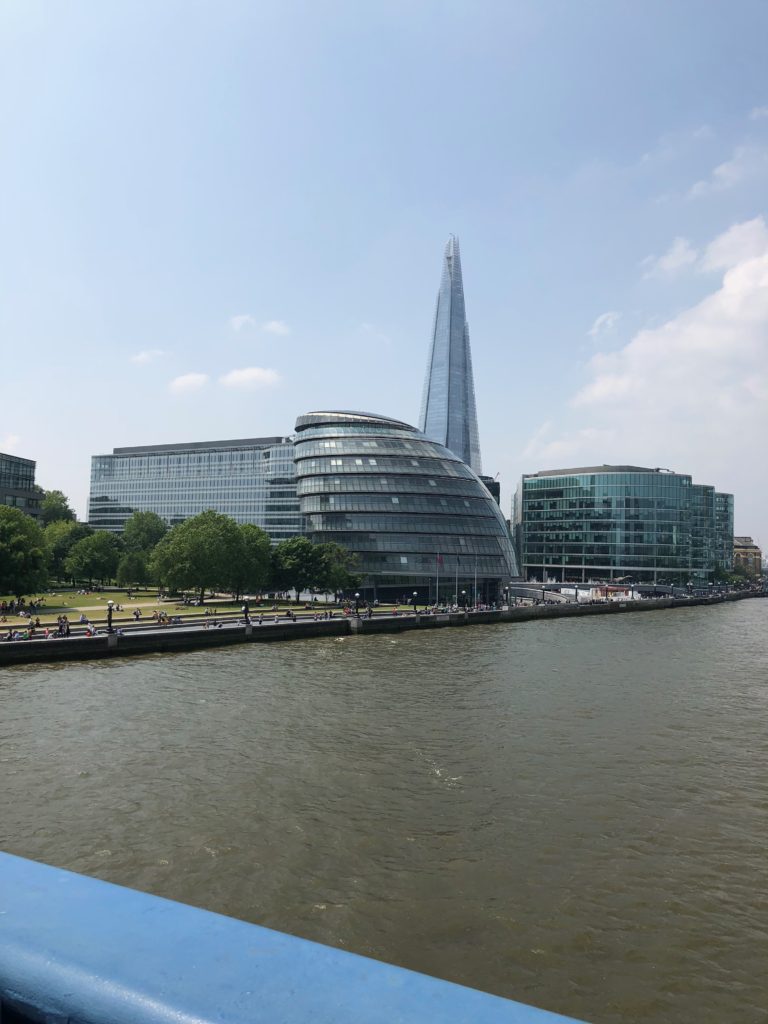
After a hearty lunch, I headed up the stairs and onto Tower Bridge! This bridge is one of London’s iconic landmarks and is my favorite of all the bridges crossing the Thames. It is a hybrid between architectural and engineering design. On the architecture side, Sir Horace Jones designed two Victorian Gothic towers connected by two walkways, giving the bridge a decorative appearance. On the engineering side, John Wolfe Barry designed the steel structure, which forms the blue and white metalwork that compliments the stone.
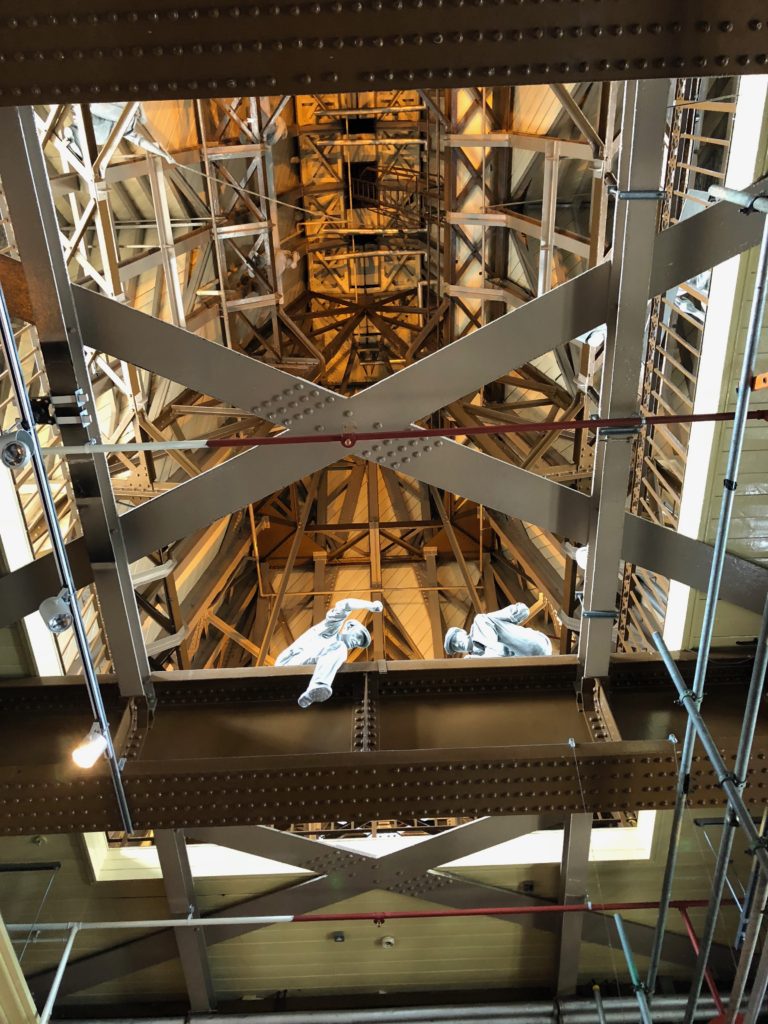
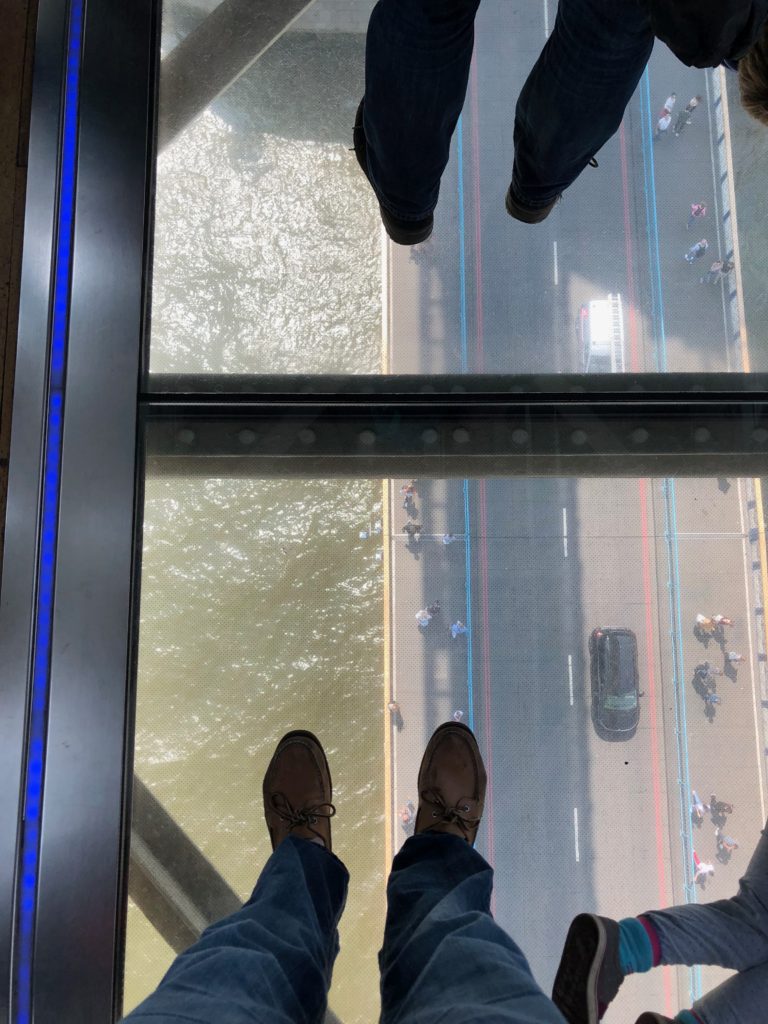
The bridge also has an exhibition, which was included in my London Pass. Since I was allowed to skip the line with this attraction, I decided to stop by. I ascended to the upper walkway, where I got a close-up look at the bridge’s steel structure. I even stood on the edge over a glass floor, which gives jaw-dropping views to the lower walkway.
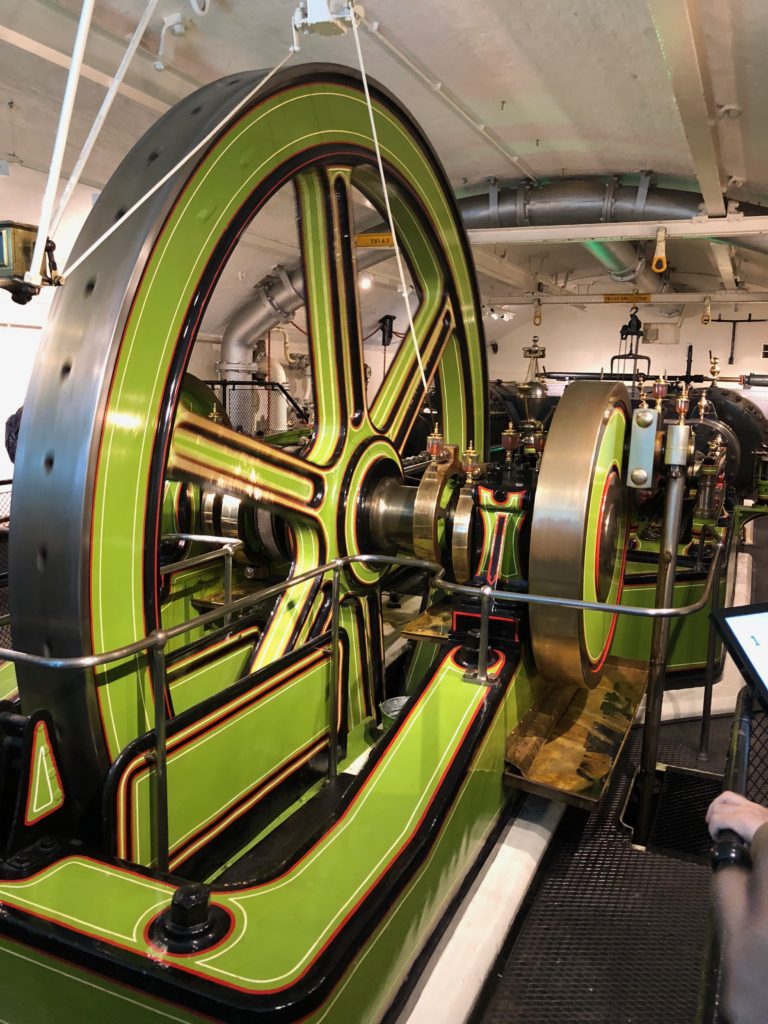
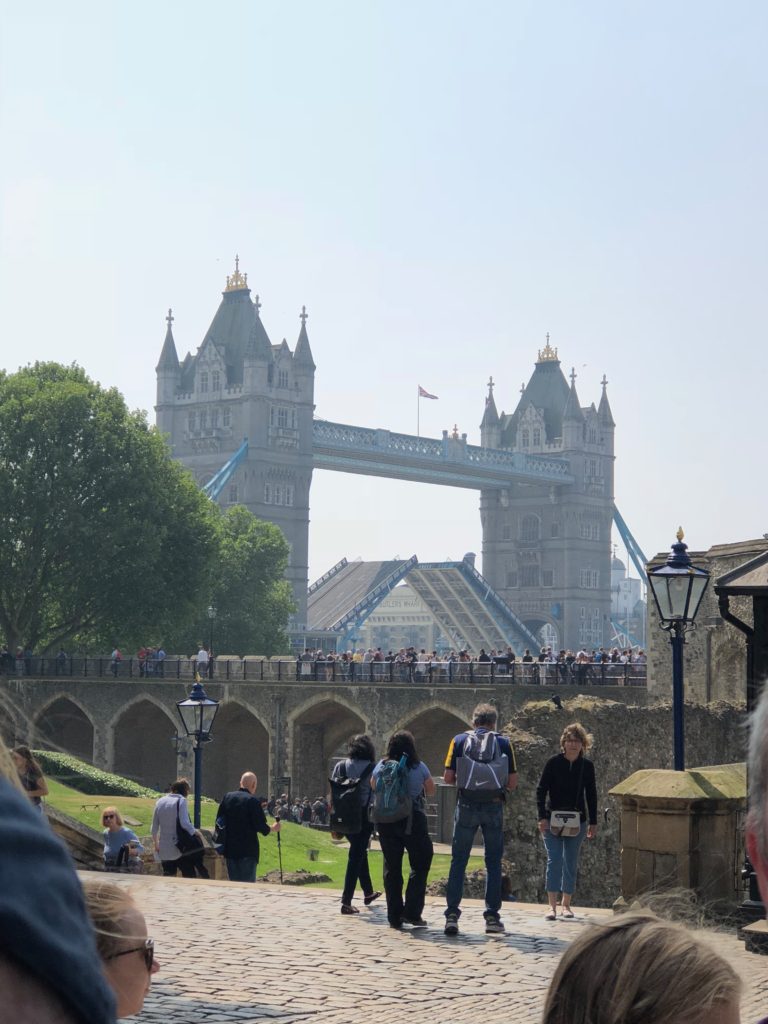
On the other side, I got a peek into the bridge’s engine room. I learned about the history of when coal was used to power the engine that opens the bascule bridge. I also got a look at the engine itself, which is now powered by oil and electricity.
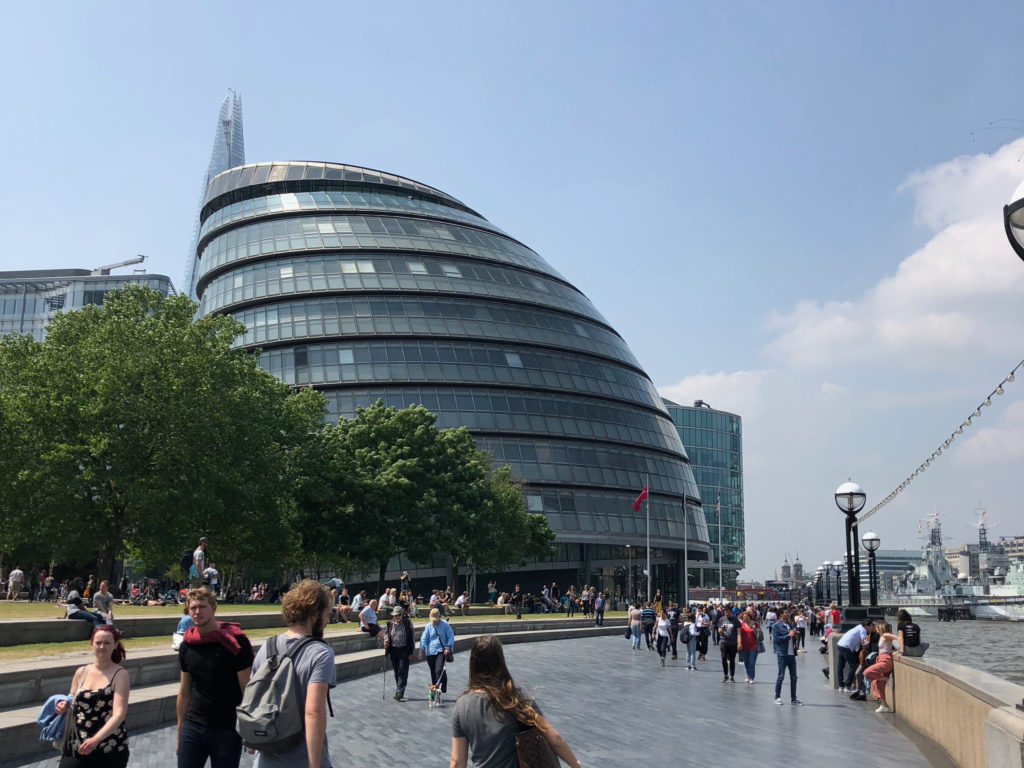
After crossing the bridge, I was over on the south bank and in front of another one of London’s iconic modern buildings: City Hall! This neo-futurist building opened in 2002 and was designed by Norman Foster. The structure takes on a bulbous shape in order to improve the building’s energy efficiency. The outside is clad in glass, which drapes down over the rounded shape, giving it a spaceship-like appearance. The building is also right by a Tube station, so I hopped onto the train to my next destination: St. Paul’s Cathedral!
St. Paul’s Cathedral
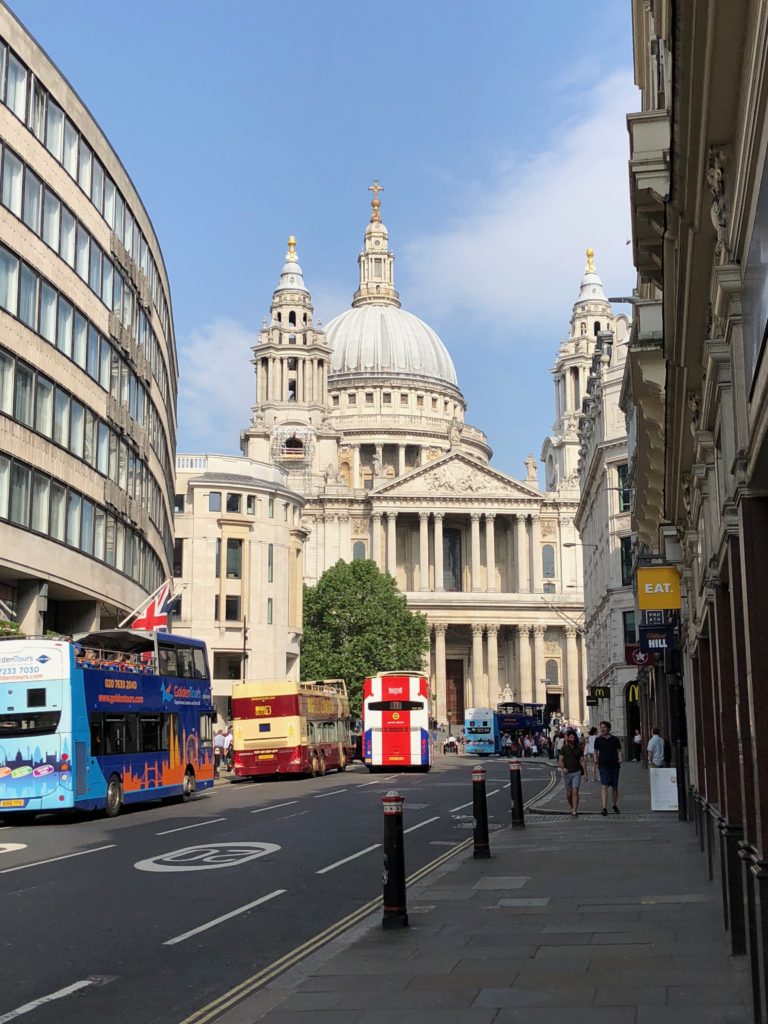
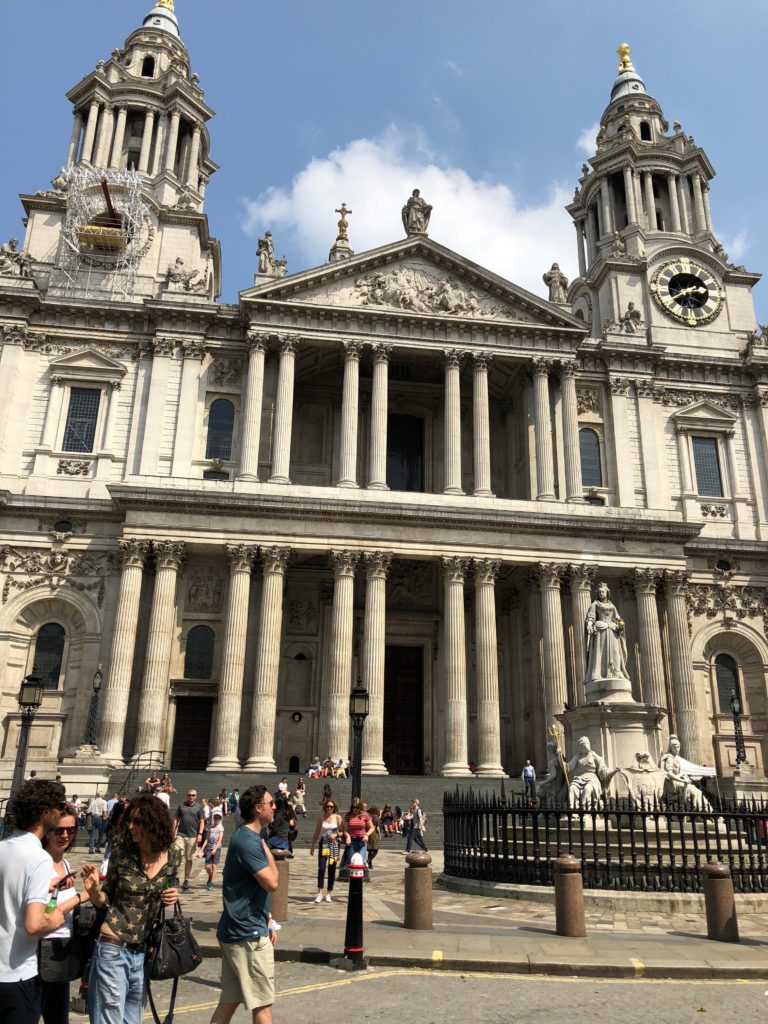
Designed by Sir Christopher Wren in the English Baroque style, this cathedral is one of the most important in London. The front façade is richly ornamented with Corinthian columns, frieze carvings, and a pediment depicting the conversion of St. Paul. Two bell towers line each side of this gargantuan façade.
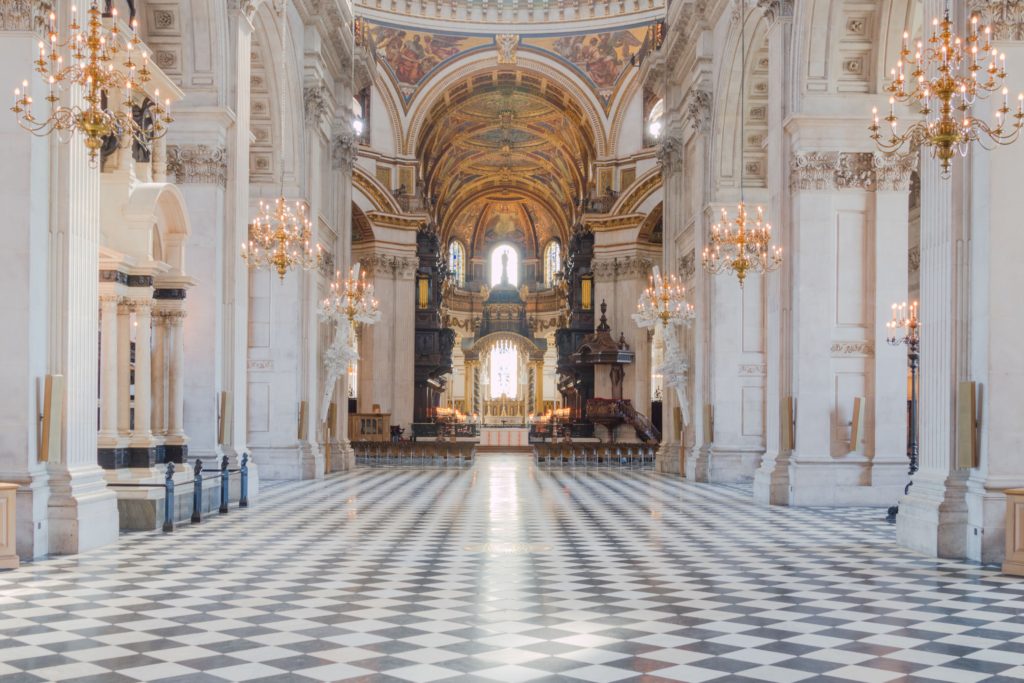
The line to enter the cathedral was short at this point in the afternoon. However, my London Pass offered skip-the-line entry, so I walked right inside! As I entered, I was immediately drawn to the cathedral’s central nave. Just like the front façade, the interior is ornamented in the Corinthian order and is made primarily of white brick. Similar to Westminster Abbey, the nave has a high ceiling that dwarfs the cathedral’s visitors.
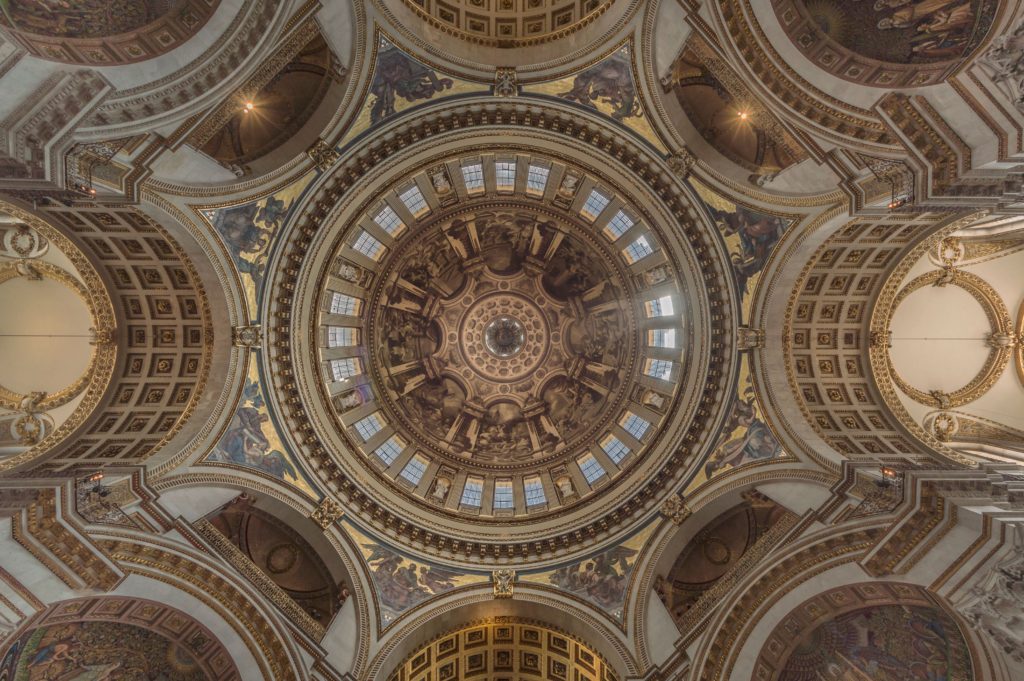
I was even more amazed when I walked underneath the central dome. The dome is covered in beautiful frescoes painted by James Thornhill, depicting the life of St. Paul. The monochrome gold color complements the gilded coffers around the central arches. The dome can be climbed, much like the Santa Maria del Fiore in Florence.
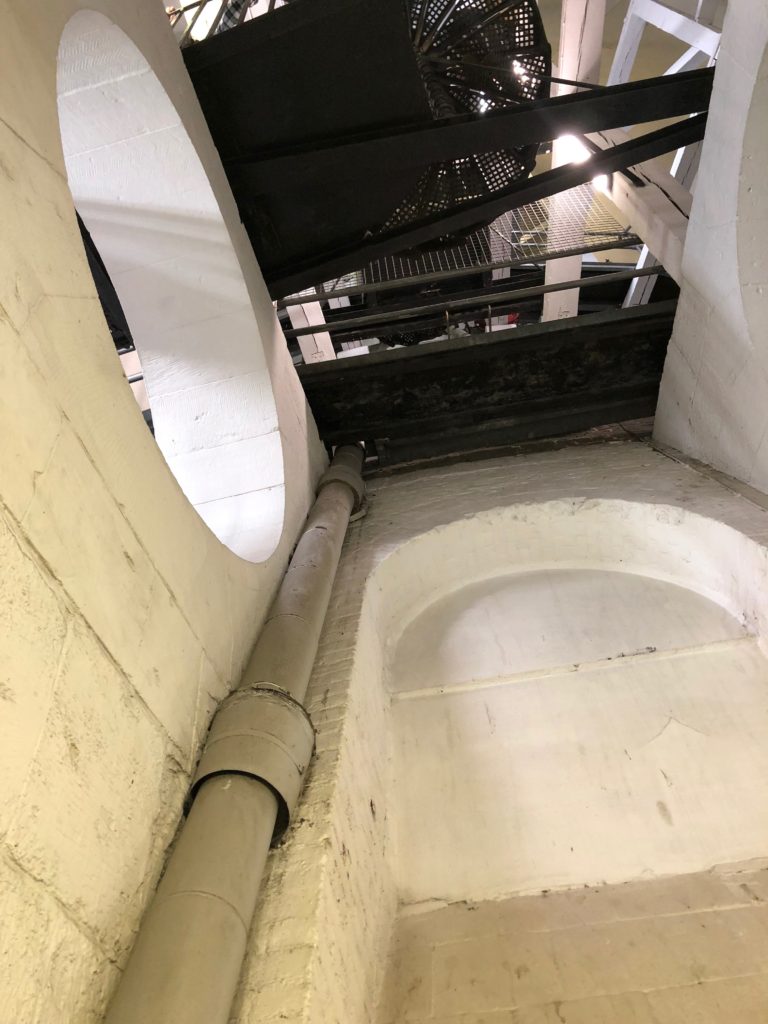
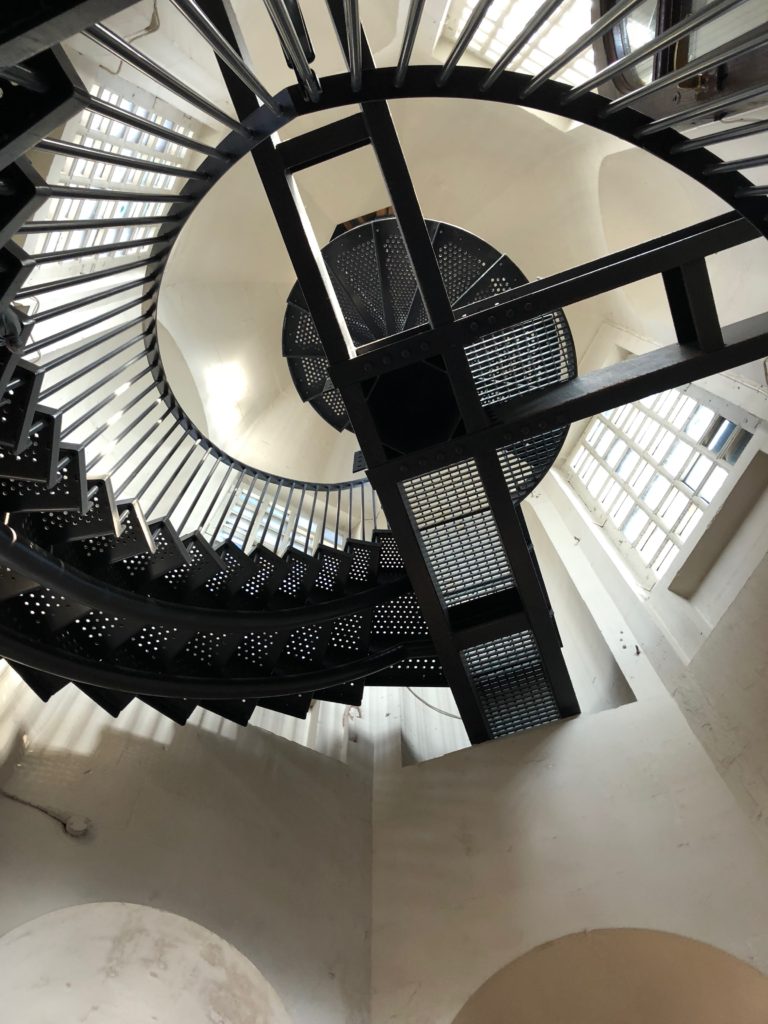
After spending about an hour admiring the beautiful interior of the cathedral, I began my ascension to the top of the cupola. Much like Filippo Brunelleschi’s dome in Florence, this one consists of three sections: an outer layer, an inner layer, and a brick cone for added strength. My hike to the top brought back memories from when I hiked the Florence Cathedral during my study abroad trip
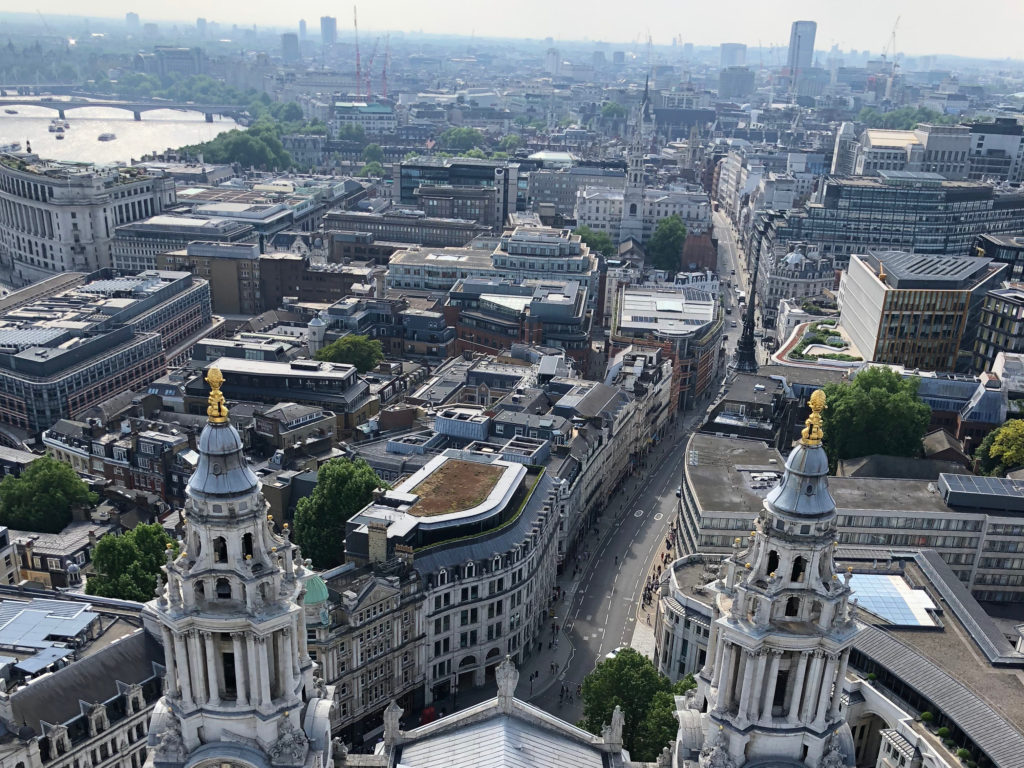
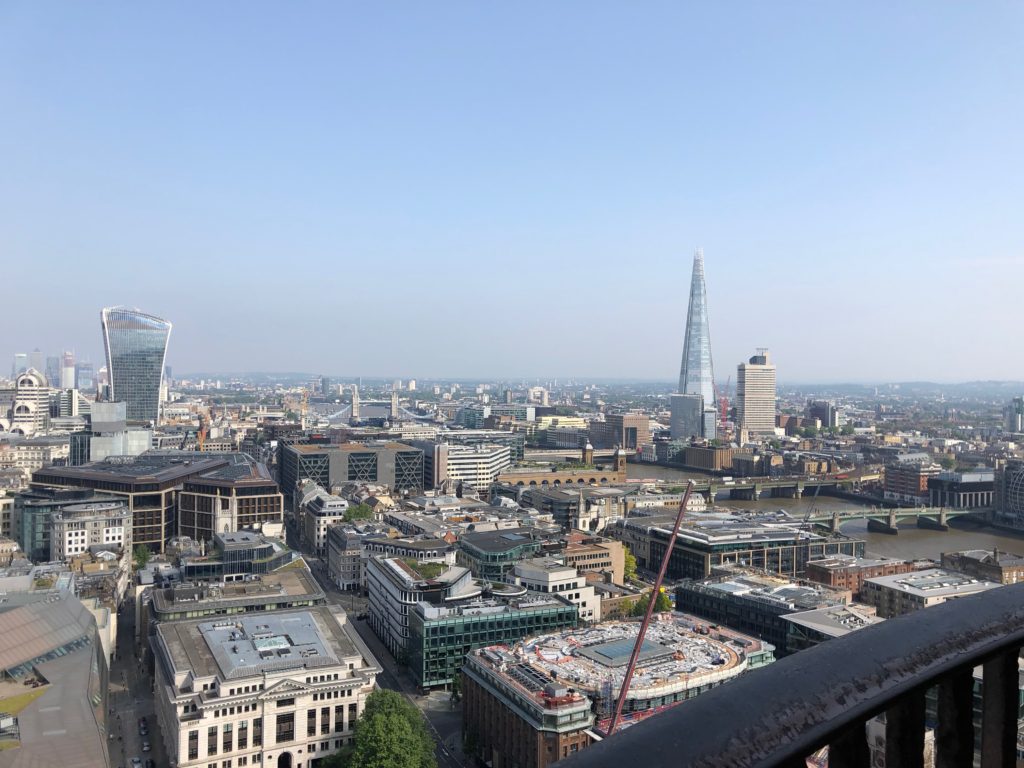
528 steps later, I was rewarded to another panoramic view of London. From the top of the cathedral, I could see everything in the city I had visited thus far, and I also got a close-up look at the two bell towers. I personally prefer this view over the one from The Shard, since it is an outdoor deck that is not high enough to be caught in London’s fog.
I descended back to the ground level and ended my visit at the crypt, which includes the burial place for the cathedral’s architect: Sir Christopher Wren.
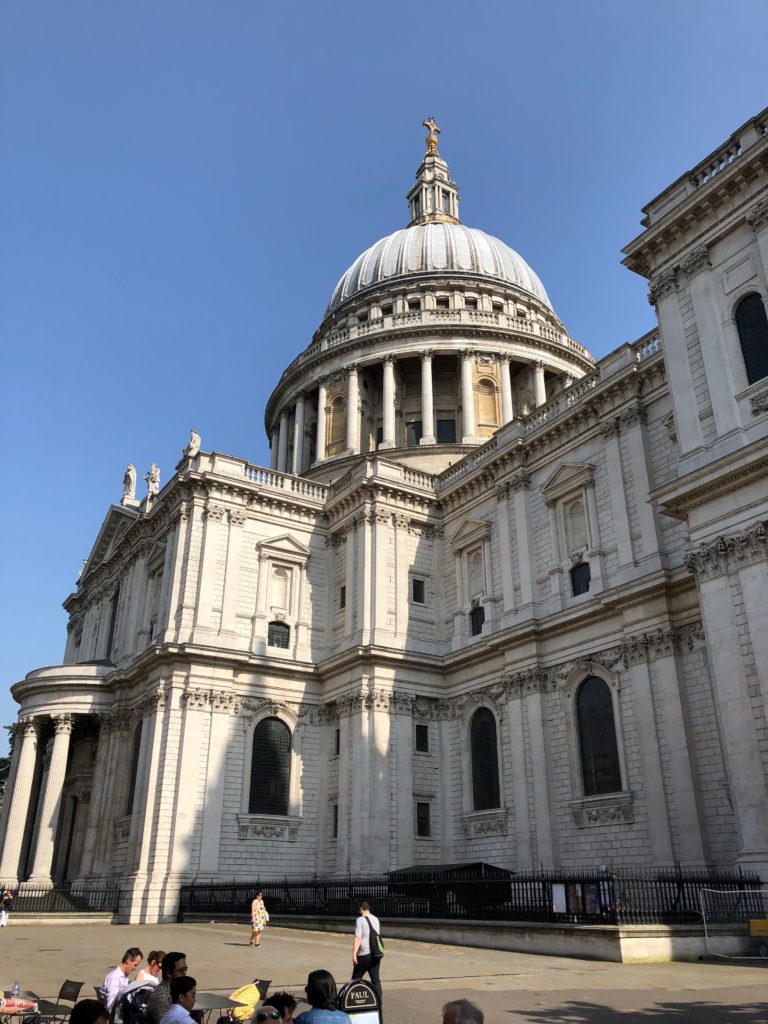
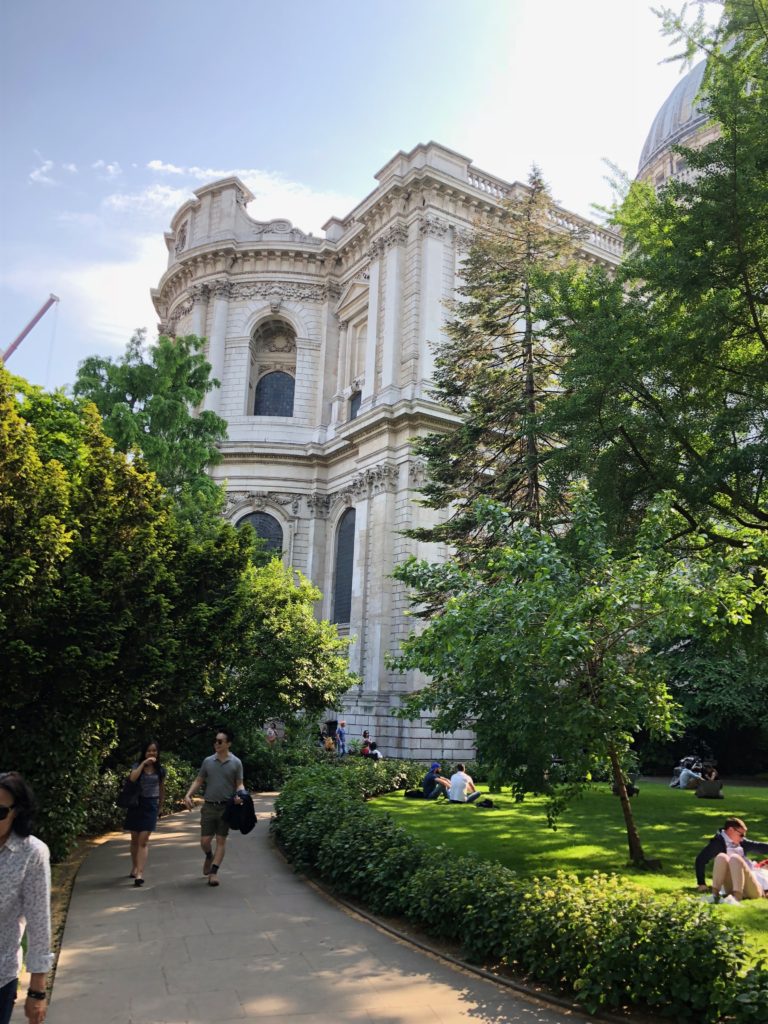
Back outside, I took a stroll in the garden areas around the cathedral. From here, I was able to get a close-up of the cathedral’s dome. I could tell that the architect was heavily inspired by both the Santa Maria del Fiore as well as St. Peter’s Basilica at the Vatican. St. Paul’s dome even gave inspiration to the U.S. Capitol Building!
Millennium Bridge
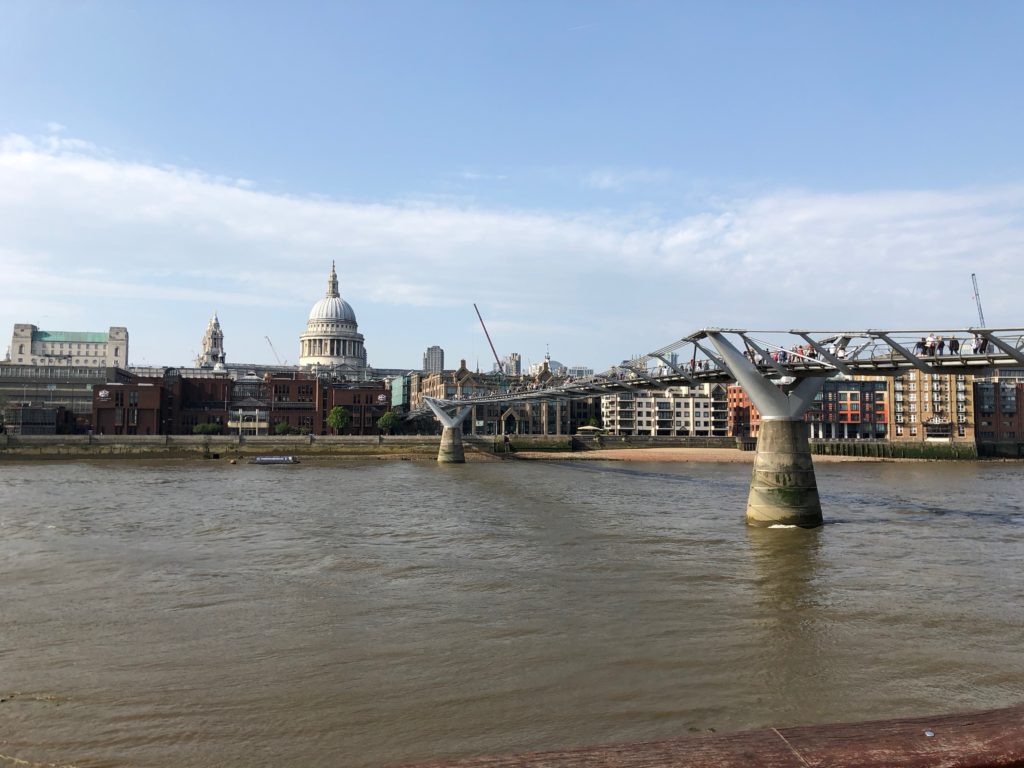
It was already early evening by the time I left the cathedral, with just enough time to see one more museum: the Tate Modern art gallery! This museum is on the south side of the Thames and is directly linked by another one of my favorite bridges: the Millennium Bridge!
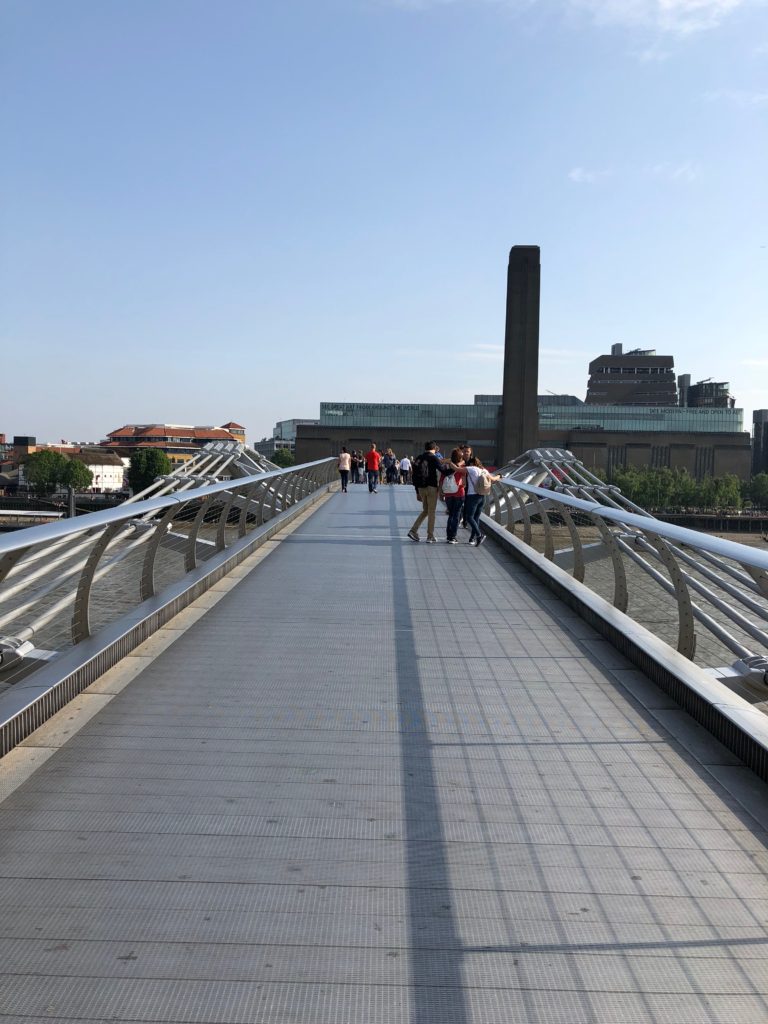
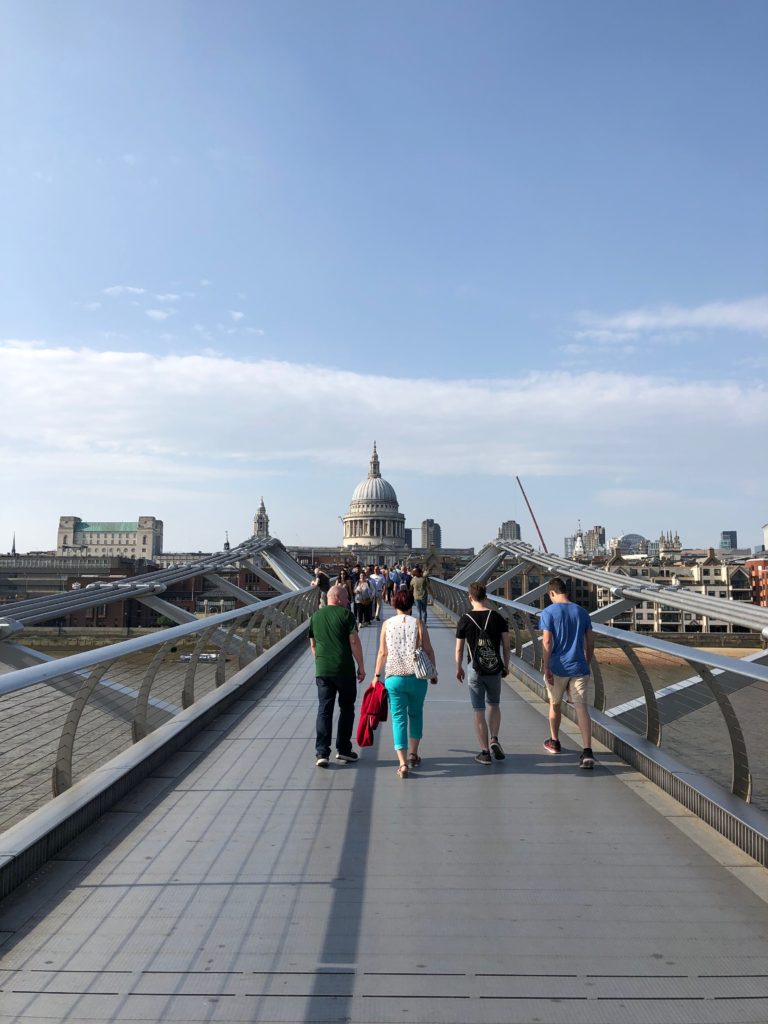
This modern pedestrian bridge opened in 2000. It is a metal suspension bridge with supporting cables pushing out on either side in order to keep a shallow profile. I walked across the bridge, looking directly at the Tate Modern ahead of me. On the north side of the river, I could also see St. Paul’s Cathedral, directly on axis with the bridge. In Harry Potter and the Half-Blood Prince, this bridge gets destroyed by Death Eaters!
The Tate Modern
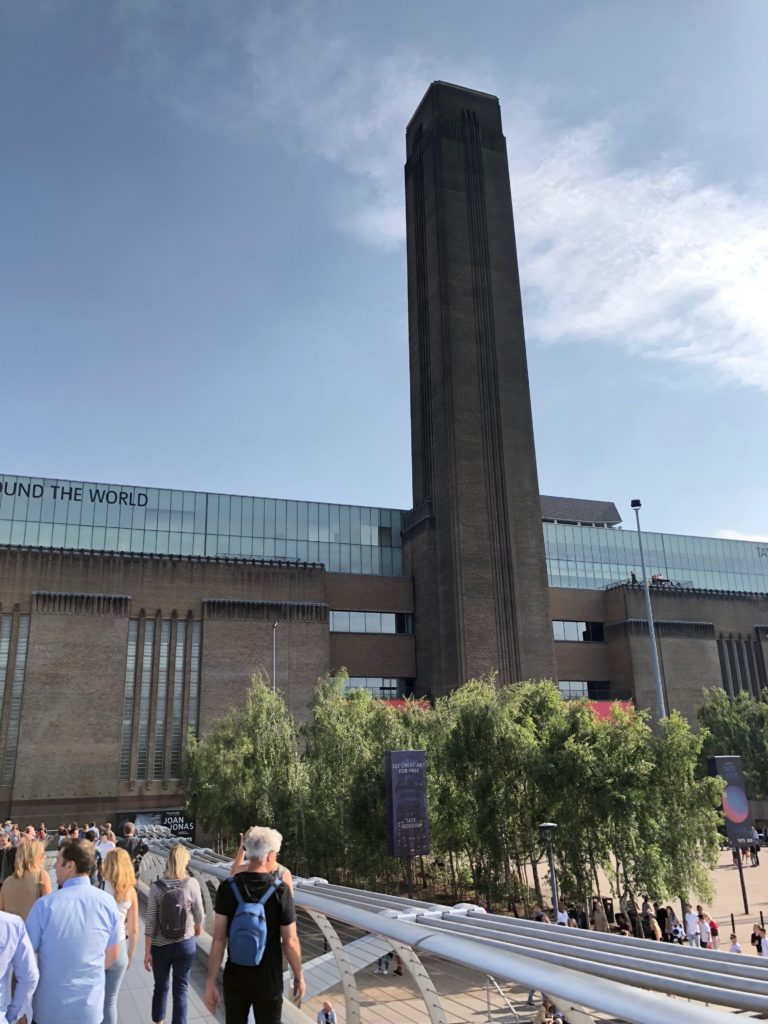
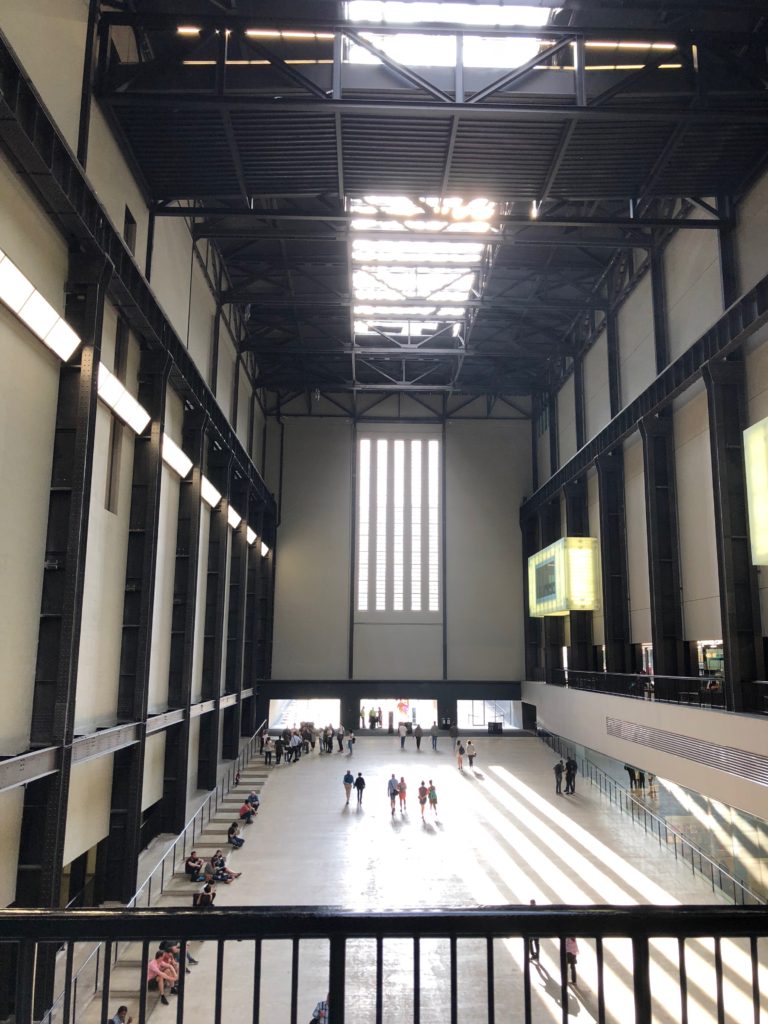
I arrived at the Tate Modern exhausted, but ready to walk around and see its art exhibits. The museum building is a former power station and thus takes on the appearance of a warehouse. The main room of the powerhouse is now a large atrium that connects visitors to the different galleries.
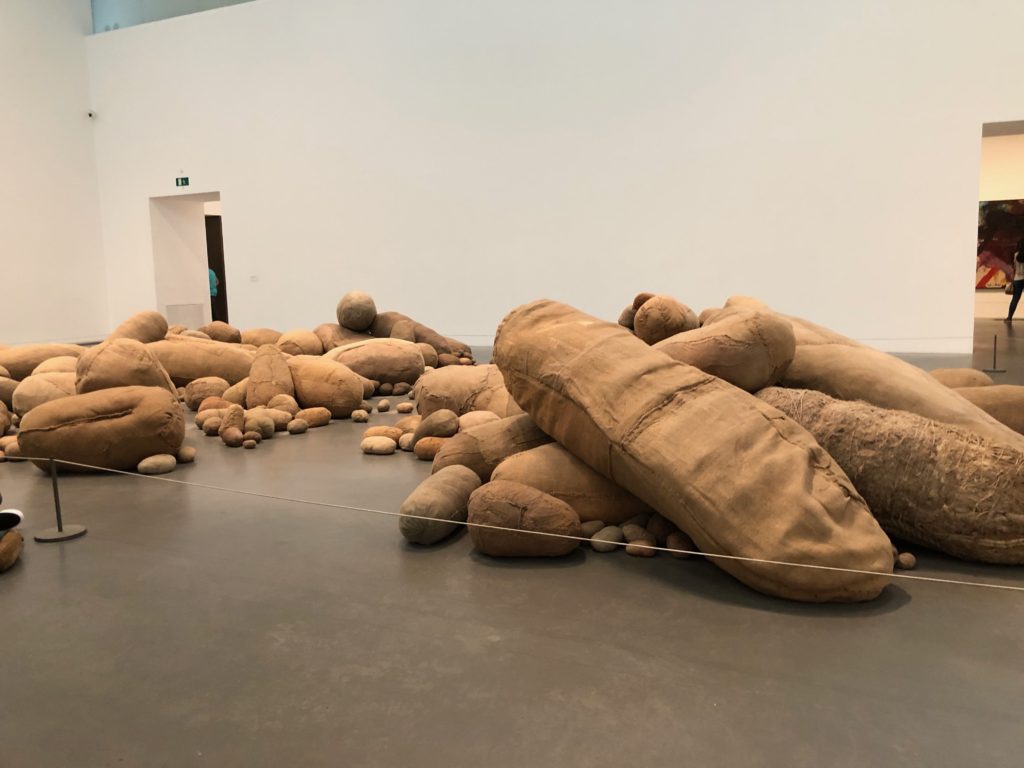
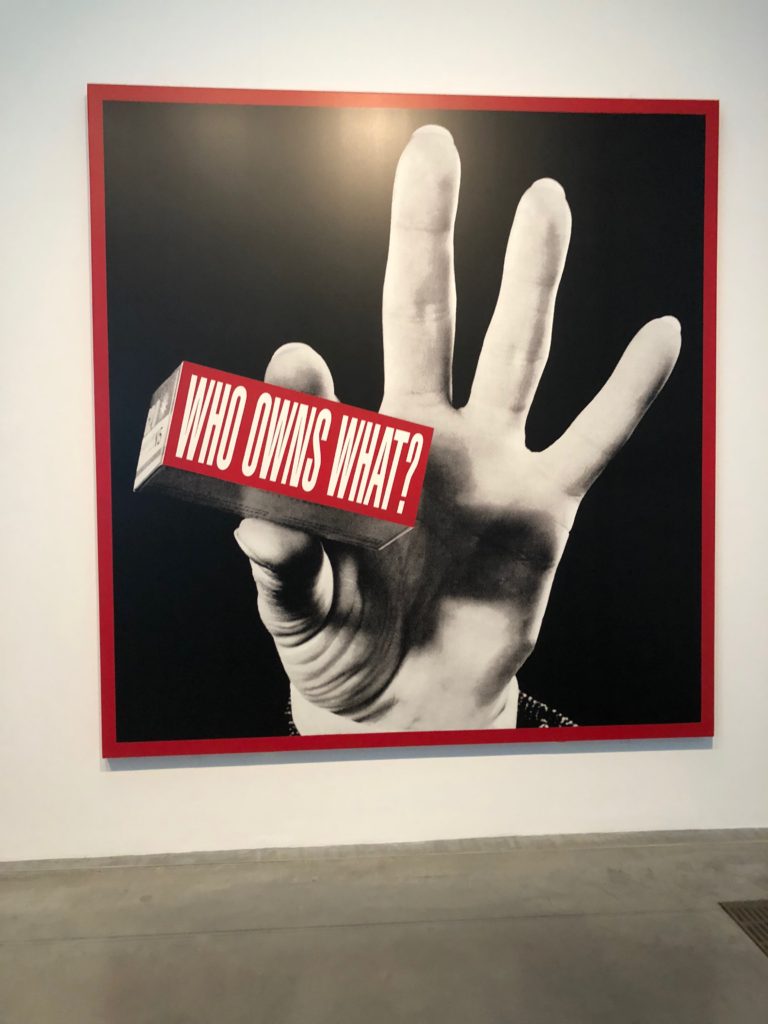
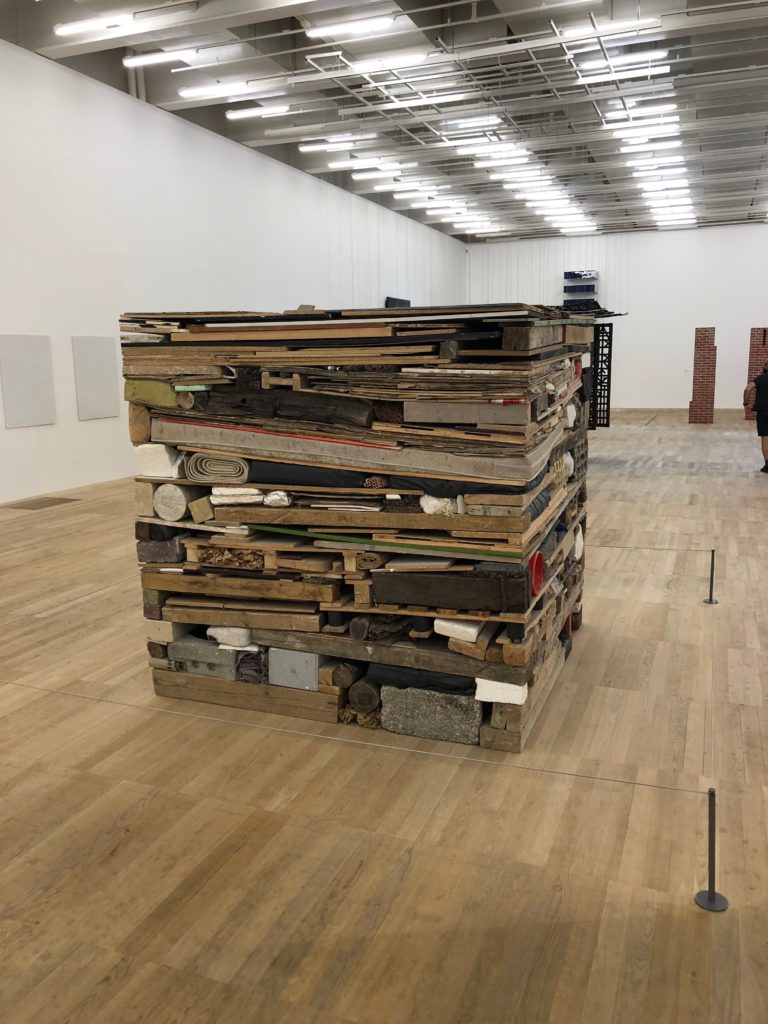
Inside the exhibit halls, the art takes on all kinds of forms. Although I am not crazy about art, I love modern galleries. The work in this museum challenges what can be called “art.” The displays include everything from pop art to potatoes. Many of the artists think outside the box when envisioning the creative work that is on display at this museum.
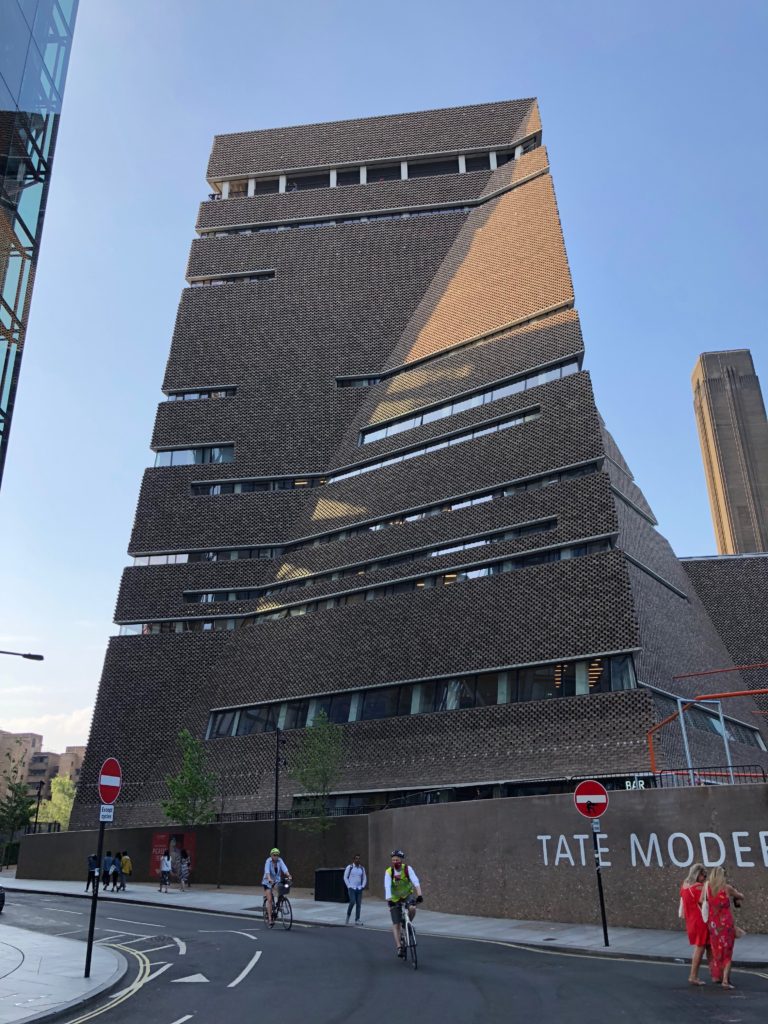
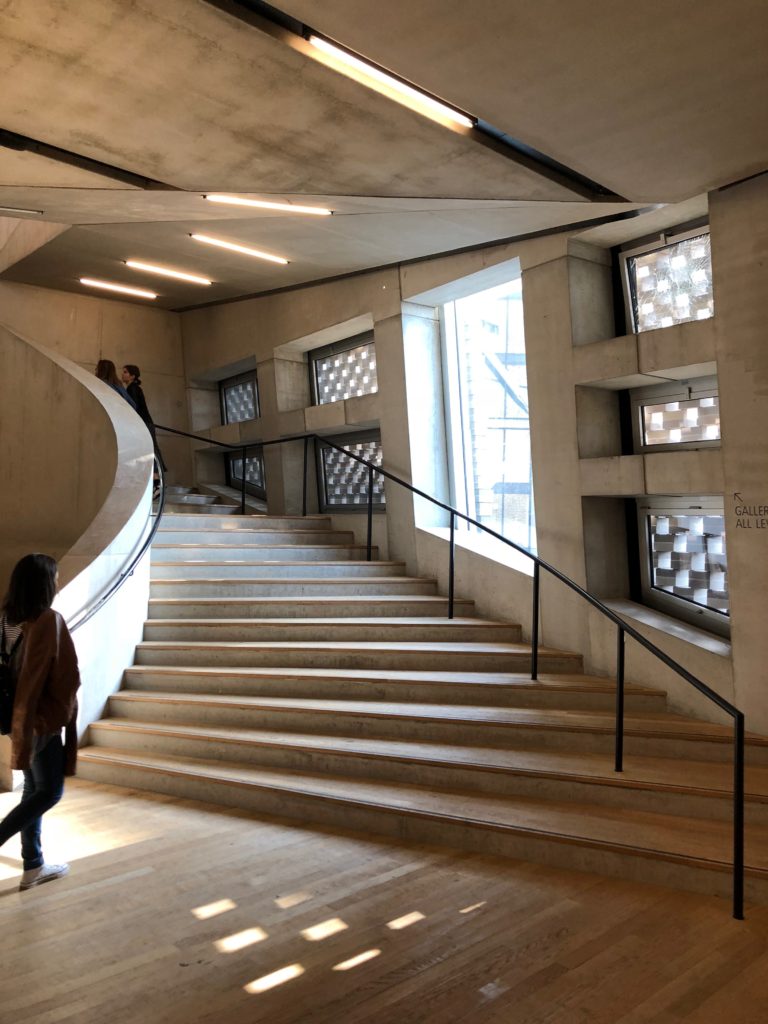
A recent addition by Herzog & de Meuron opened in 2016. This part of the building, dubbed “The Switch House,” takes on the form of a twisting tower. The exterior is clad in brick, while the main structure is concrete. The addition includes a
A Night Out
After a really long day of sightseeing, I grabbed dinner at a nearby pub before heading back on the Tube to my hostel. It was Saturday night and everyone was in the mood to go out. We had some drinks in the common room before heading to a club in London’s Camden neighborhood.
Unfortunately, the Tube line we needed to take was not operating that night. As confused tourists, we got off at Tottenham Court Road and headed to a nearby bus stop. Unfortunately, it started torrentially pouring on us right as we were trying to find the right bus. I was used to this kind of rain in Miami but had no idea that it could rain this hard in Europe. After arguing multiple times with my friends about which bus was the right one to take, we finally got on board a bus headed for Camden.
We arrived at a nightclub that was higher-end than the one we went to the previous night but still had a laid-back feel to it. A double-shot drink was only £7.50: a steal compared to a similar drink in Miami. We danced the night away and were easily up past 2 a.m. One of my hostel mates and I decided to dip out early since we both had more sightseeing plans the following day. We found a bus nearby that took us right back to Kensington.
After a successful 2-day experience with The London Pass, one might ask: “What is left to be seen?” London is a huge city and there was still a lot for me to discover!

[…] pedestrian bridge with steel supports that veer out from the walkway, reminiscent of the Millennium Bridge in London. Although I did not witness the bridge in action, it is a swing bridge that can open to allow boats […]